ARTICLE AD BOX
The 2025 Giro d’Italia begins in the Albanian port city of Durres, before taking in Slovenia on its way to Italy, finishing in Rome on Sunday 1 June.
Here is a stage-by-stage look at the route.
Stage 1: Durazzo - Tirana (164km)
The stage comes to life after a flat approach of about 65 km.
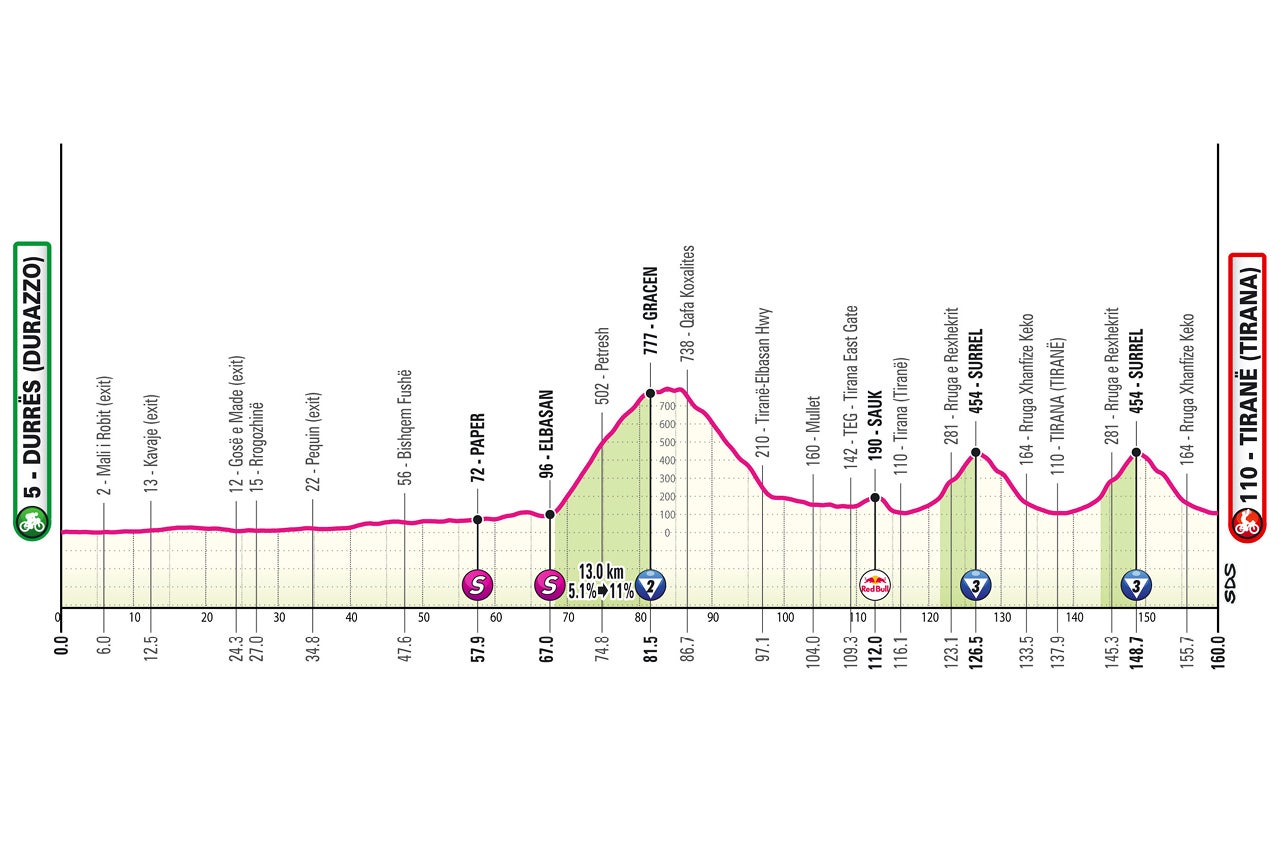
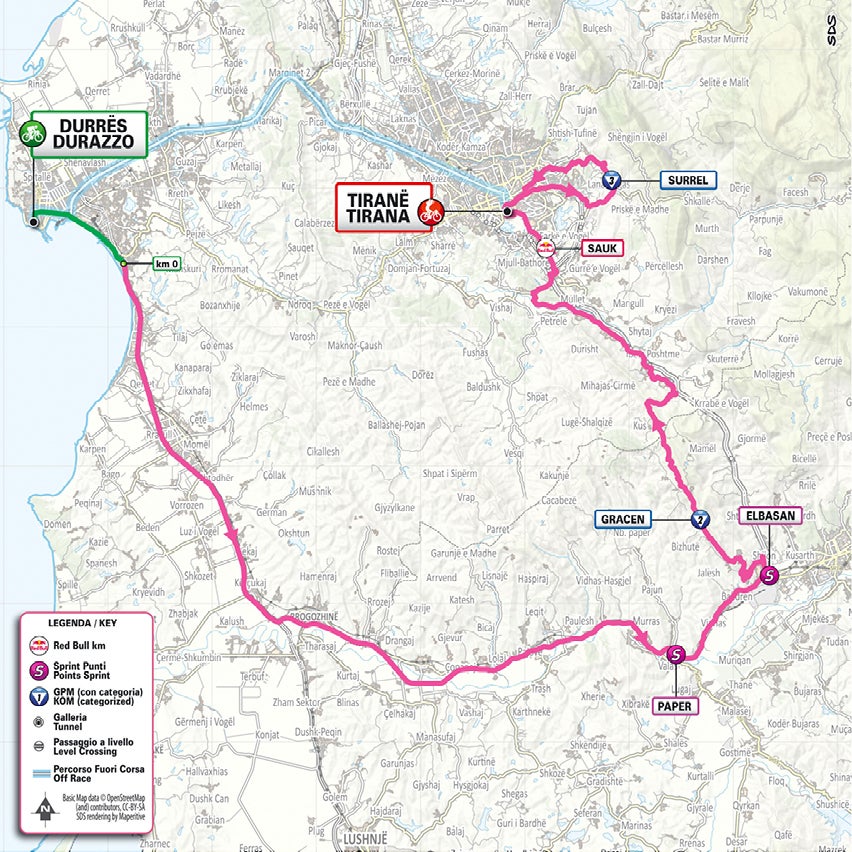
Stage 2: Tirana - Tirana, ITT (13.7km)
A fully urban TT held on wide boulevards connected by U-turns.
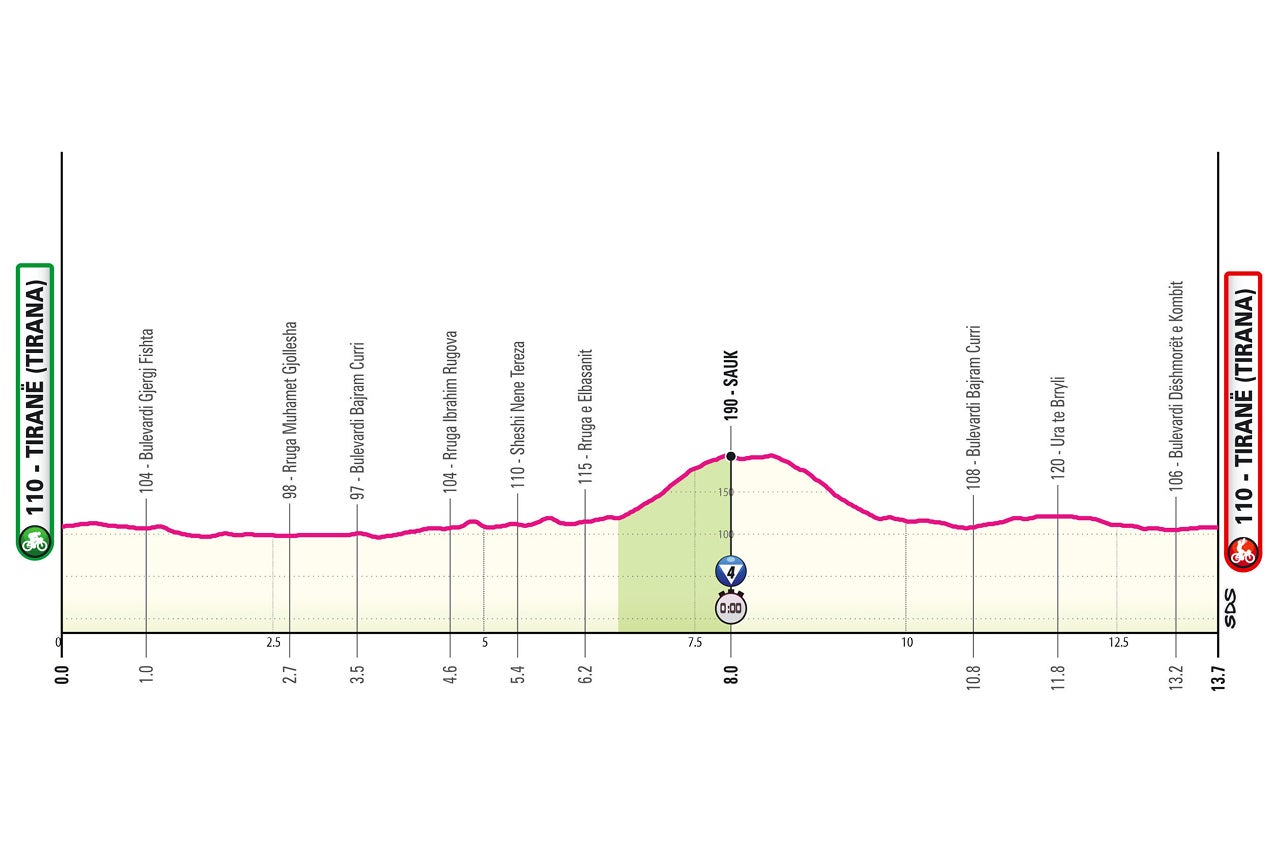
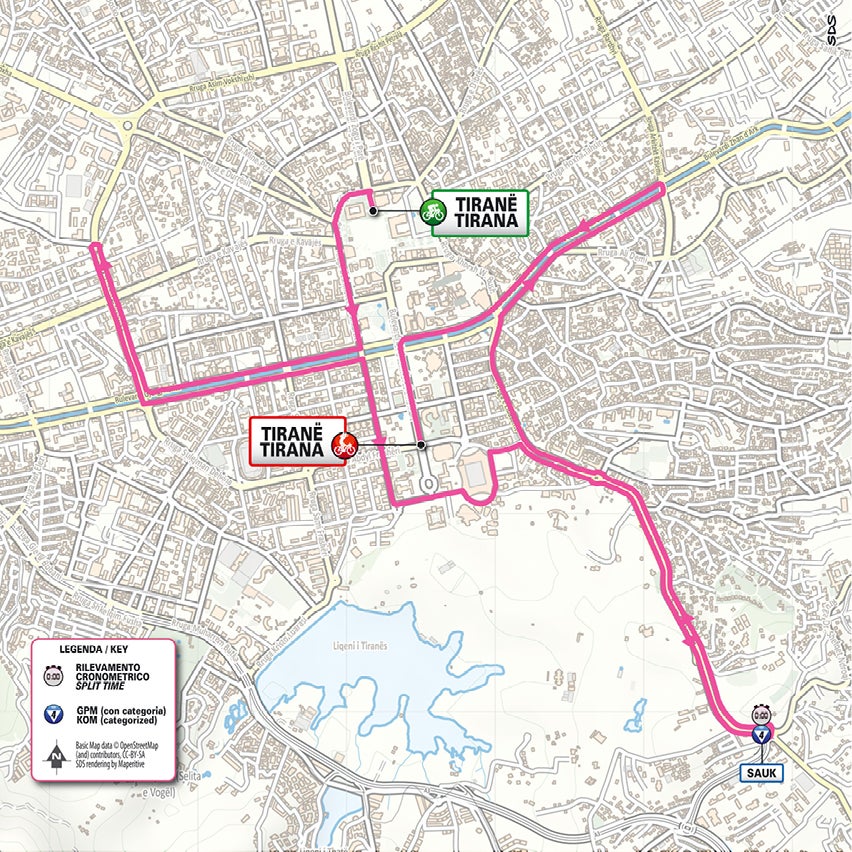
Stage 3: Valona - Valona (160km)
A lively stage starting and finishing in close proximity.
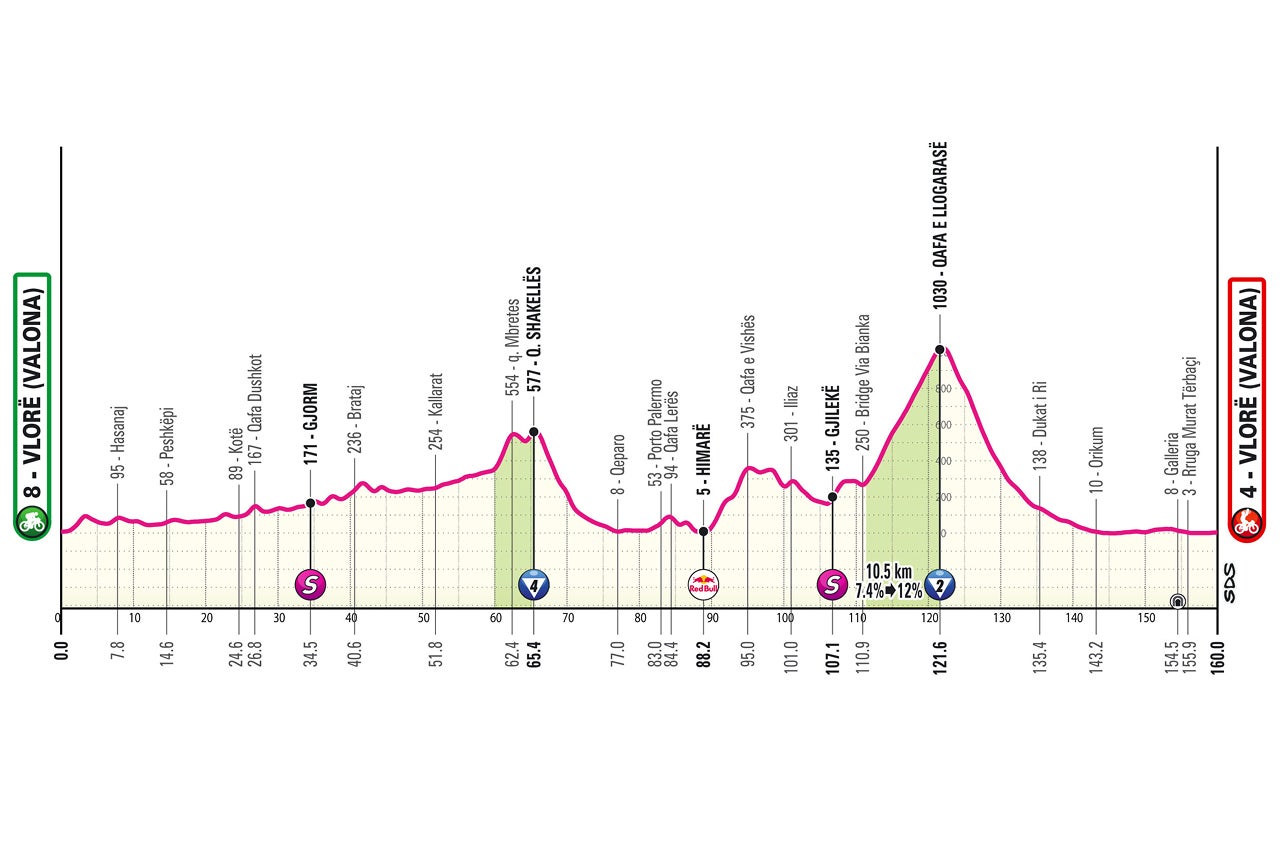
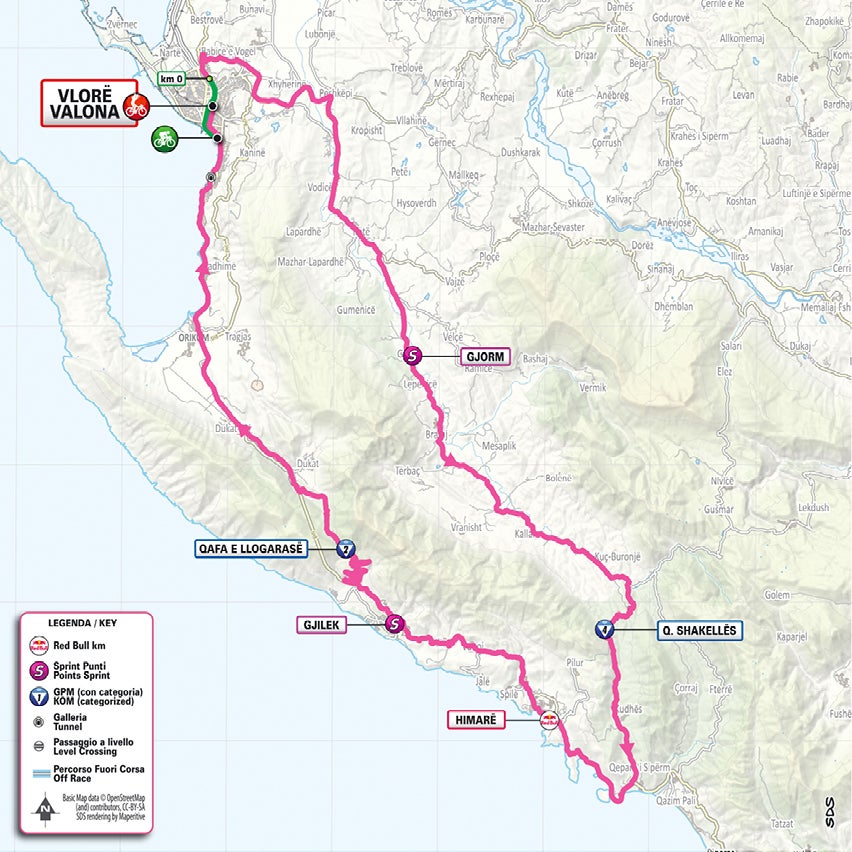
Stage 4: Alberobello (Pietramadre) - Lecce (187km)
A flat stage with just one short climb in Putignano.
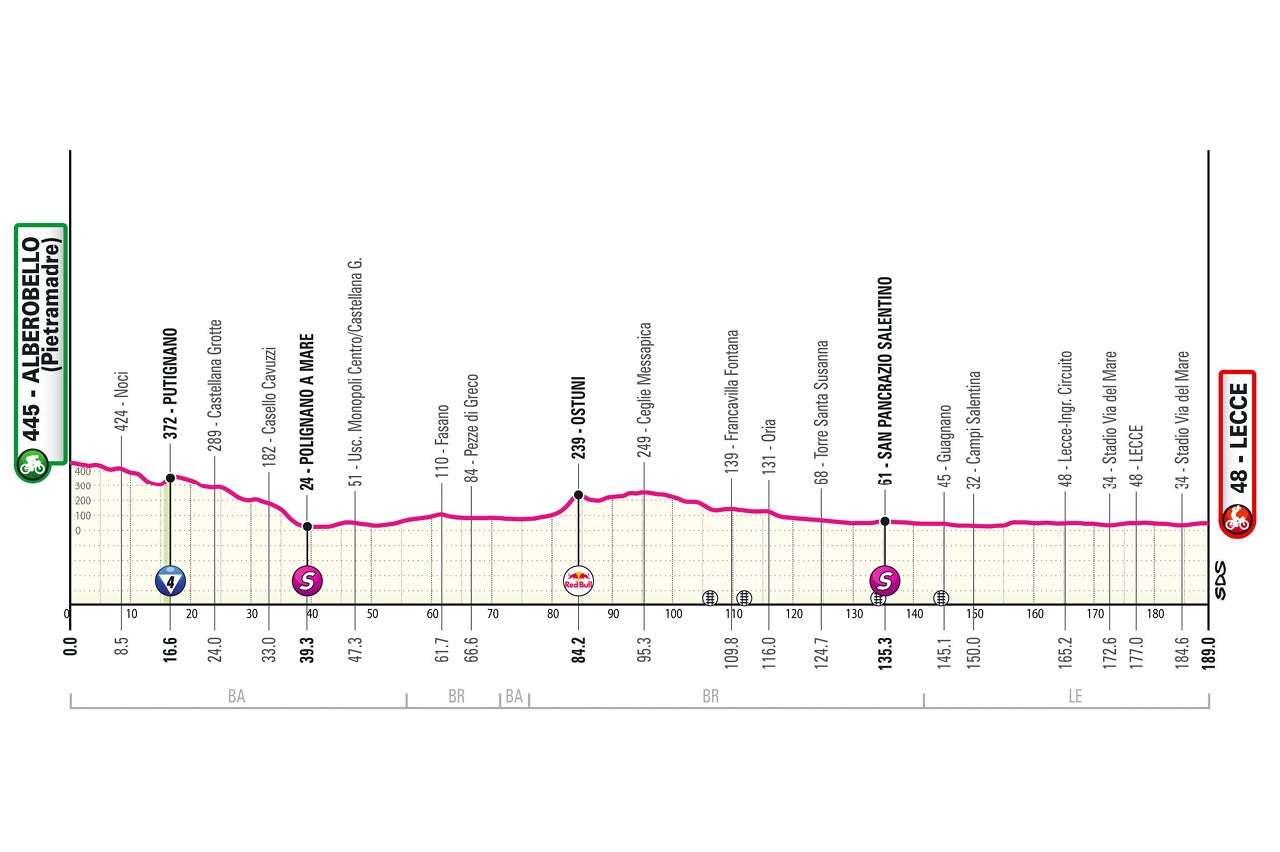

Stage 5: Ceglie Messapica - Matra (145km)
Largely flat stage until the final 35 km.
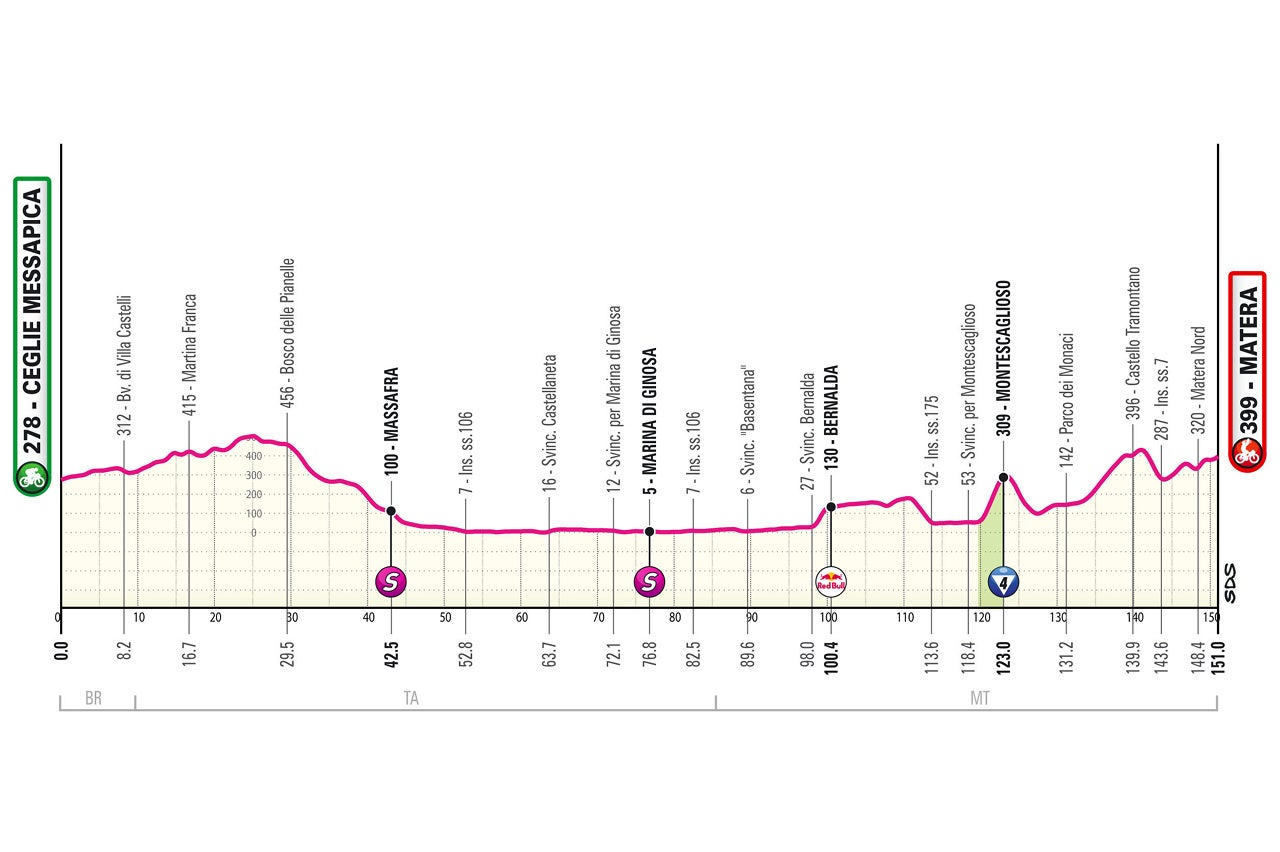
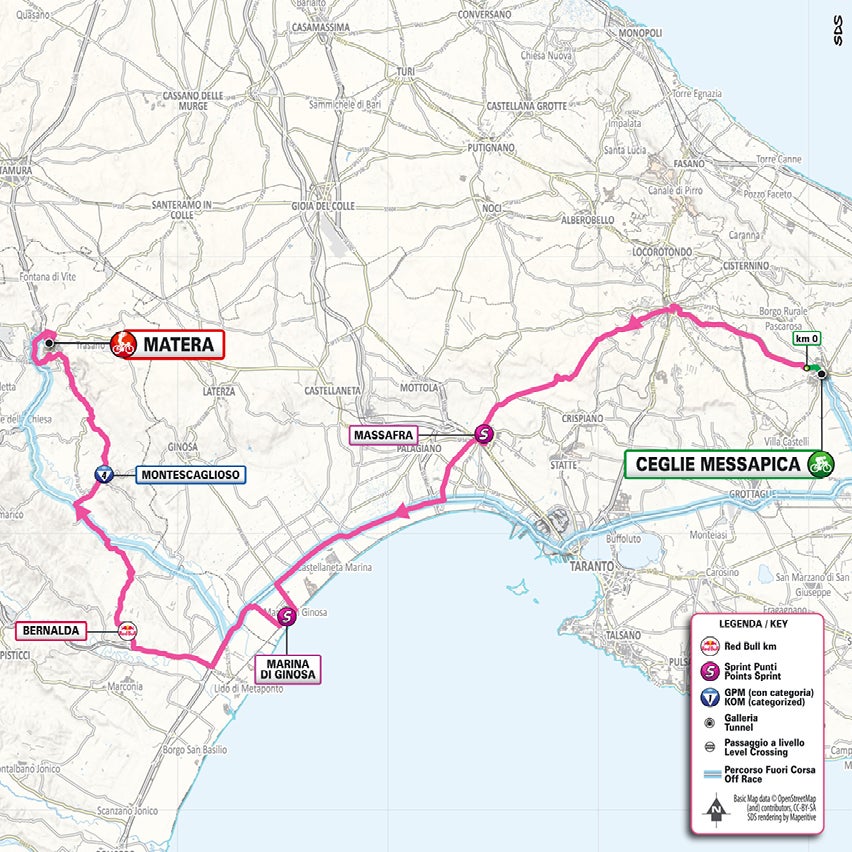
Stage 6: Potenza - Napoli (226km)
This is the longest stage of the Giro 2025.
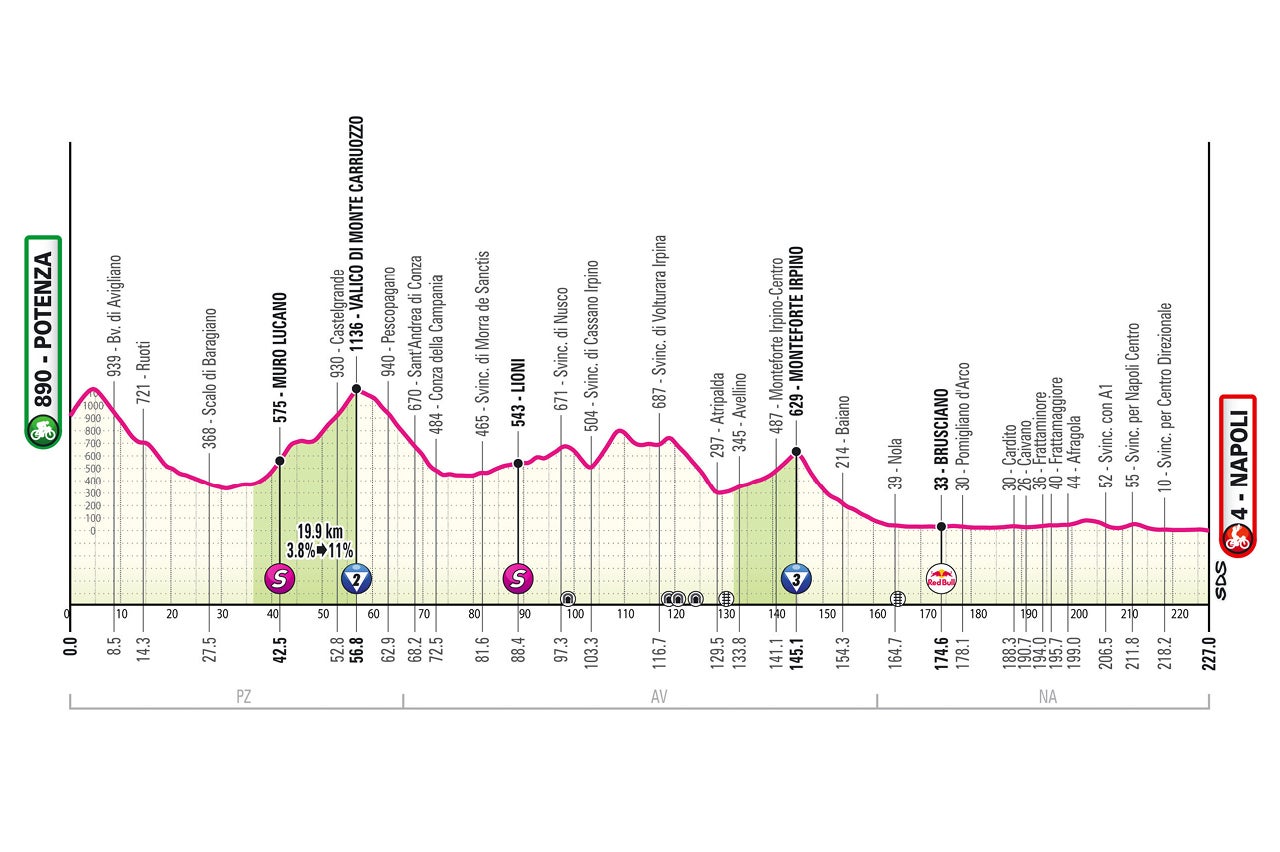
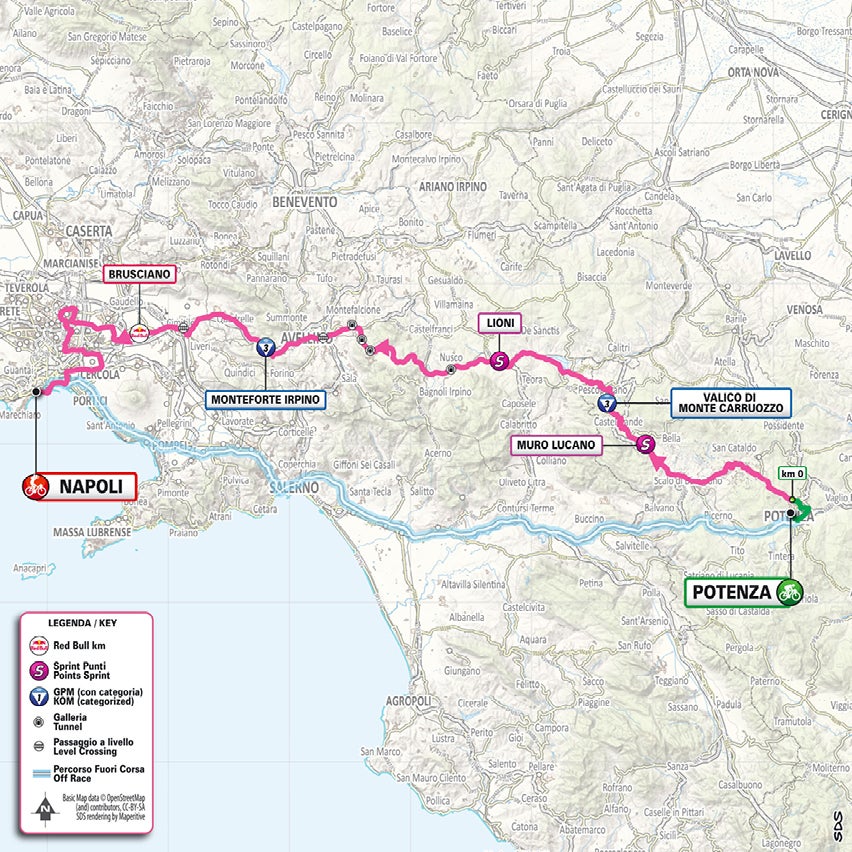
Stage 7: Castl di Sangro - Tagliacozzo (168km)
A tough Apennine stage with alternating long and short climbs and descents.
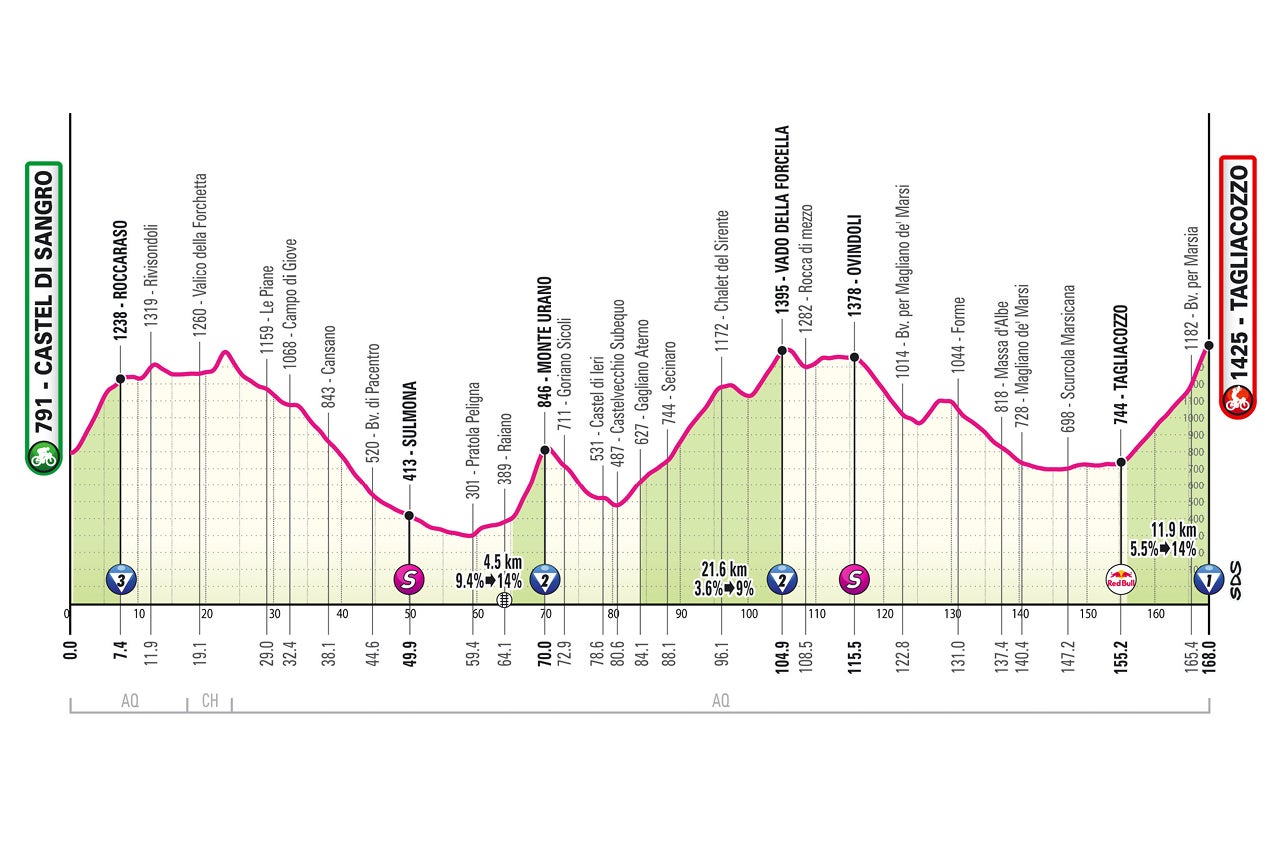
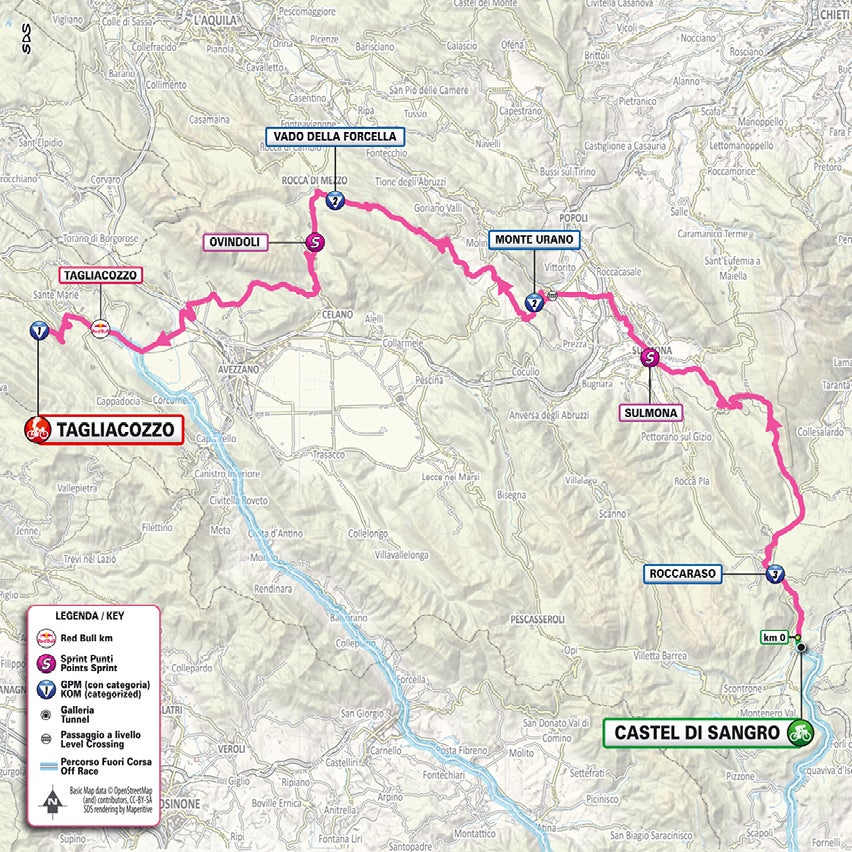
Stage 8: Giulianova - Castelraimondo (197km)
The second mountainous Apennine stage.
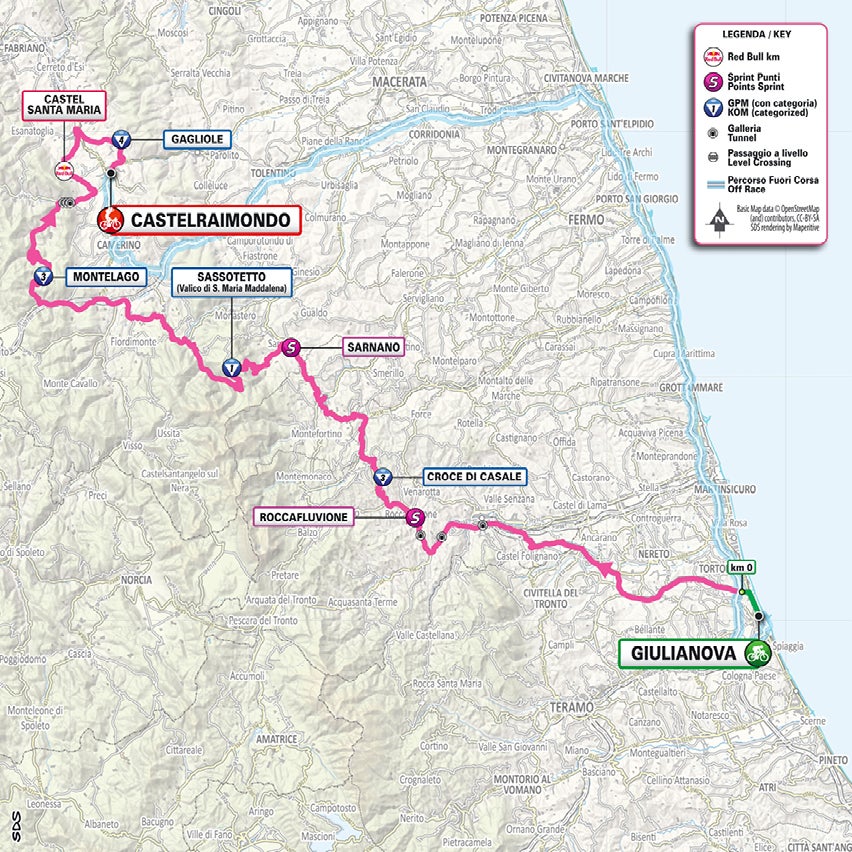
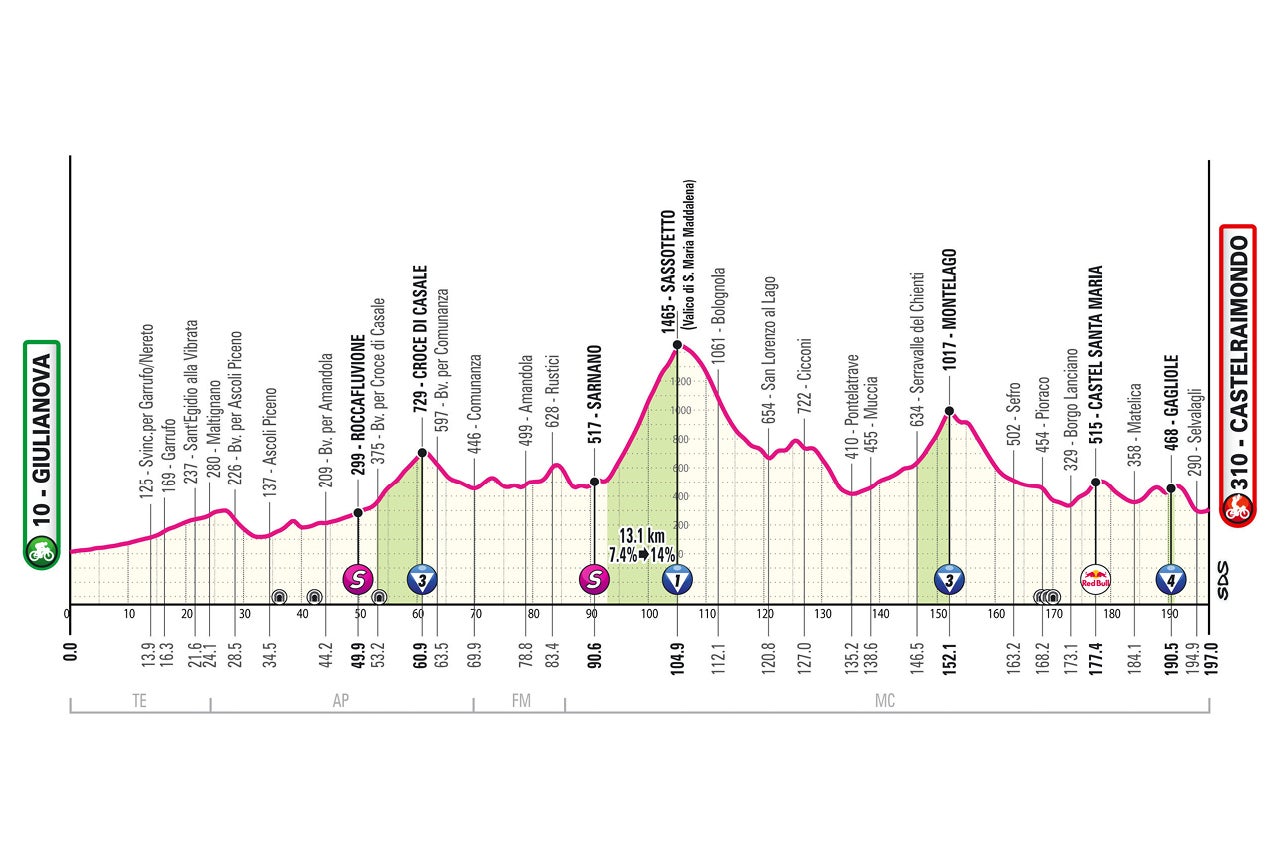
Stage 9: Gubbio - Siena (181km)
Gravel stage featuring around 29 km of unpaved roads.
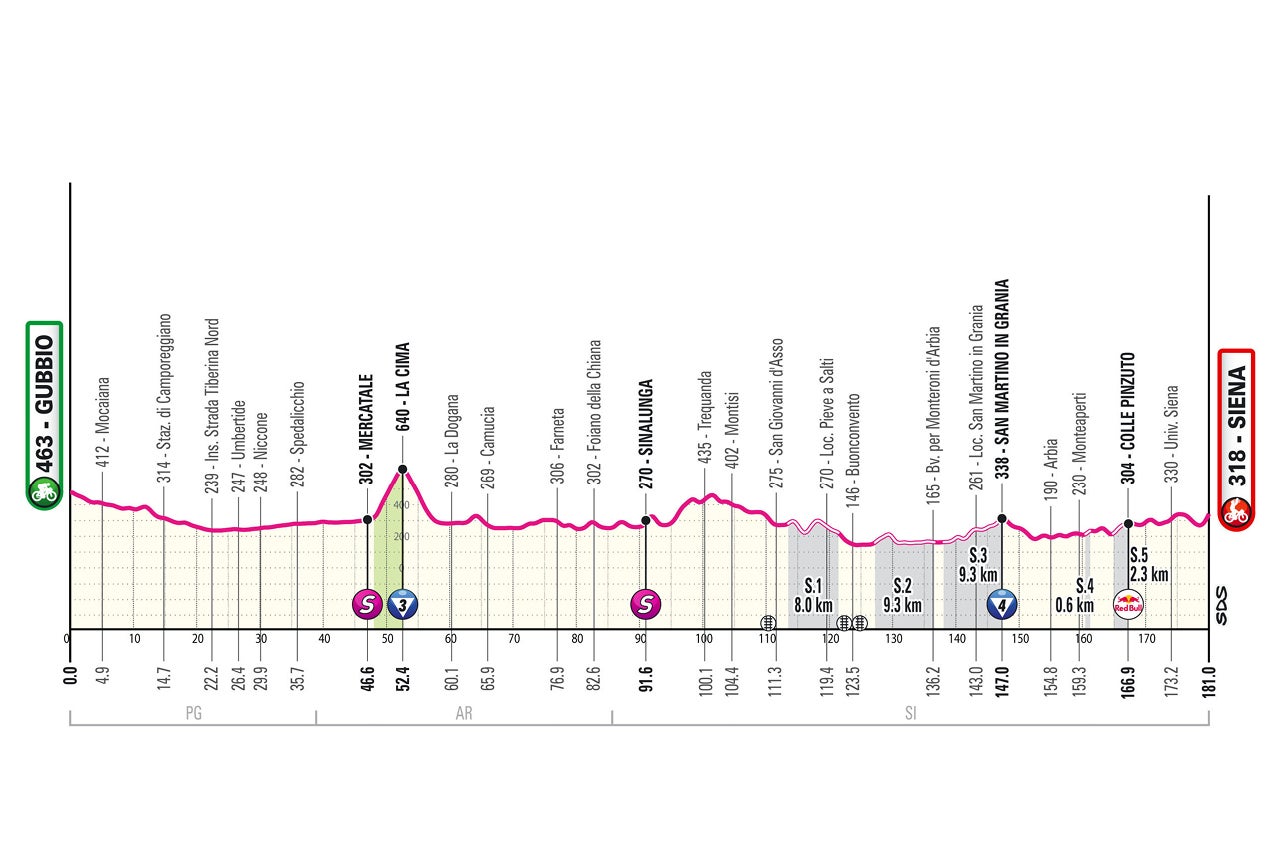
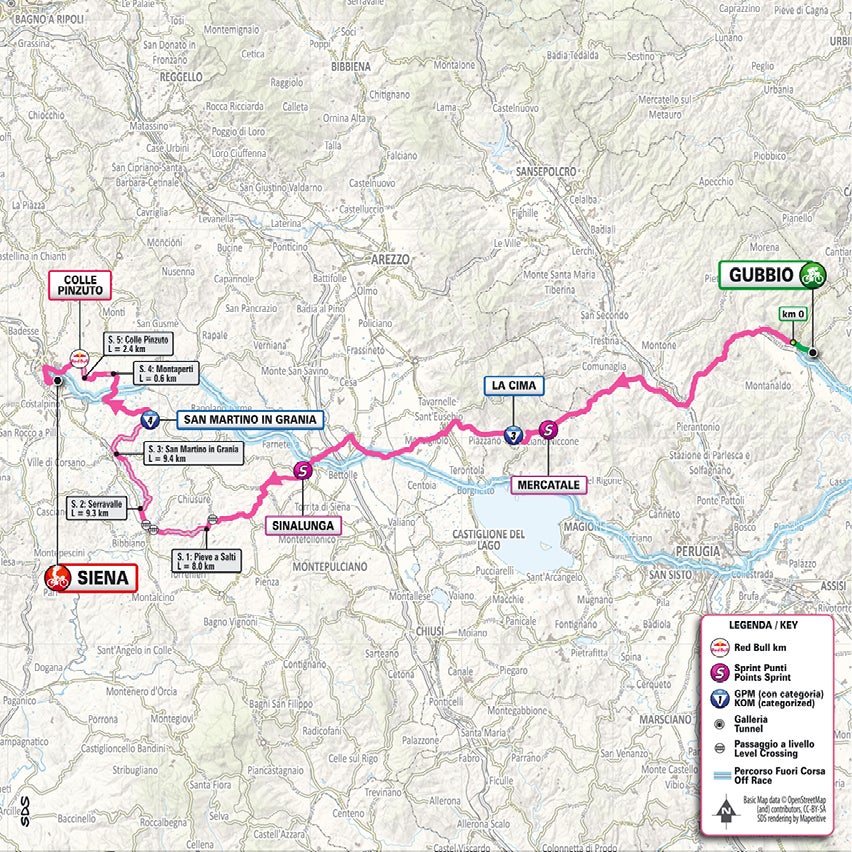
Stage 10: Lucca - Pisa (28.6km)
A mostly flat individual TT with one short climb mid-route.
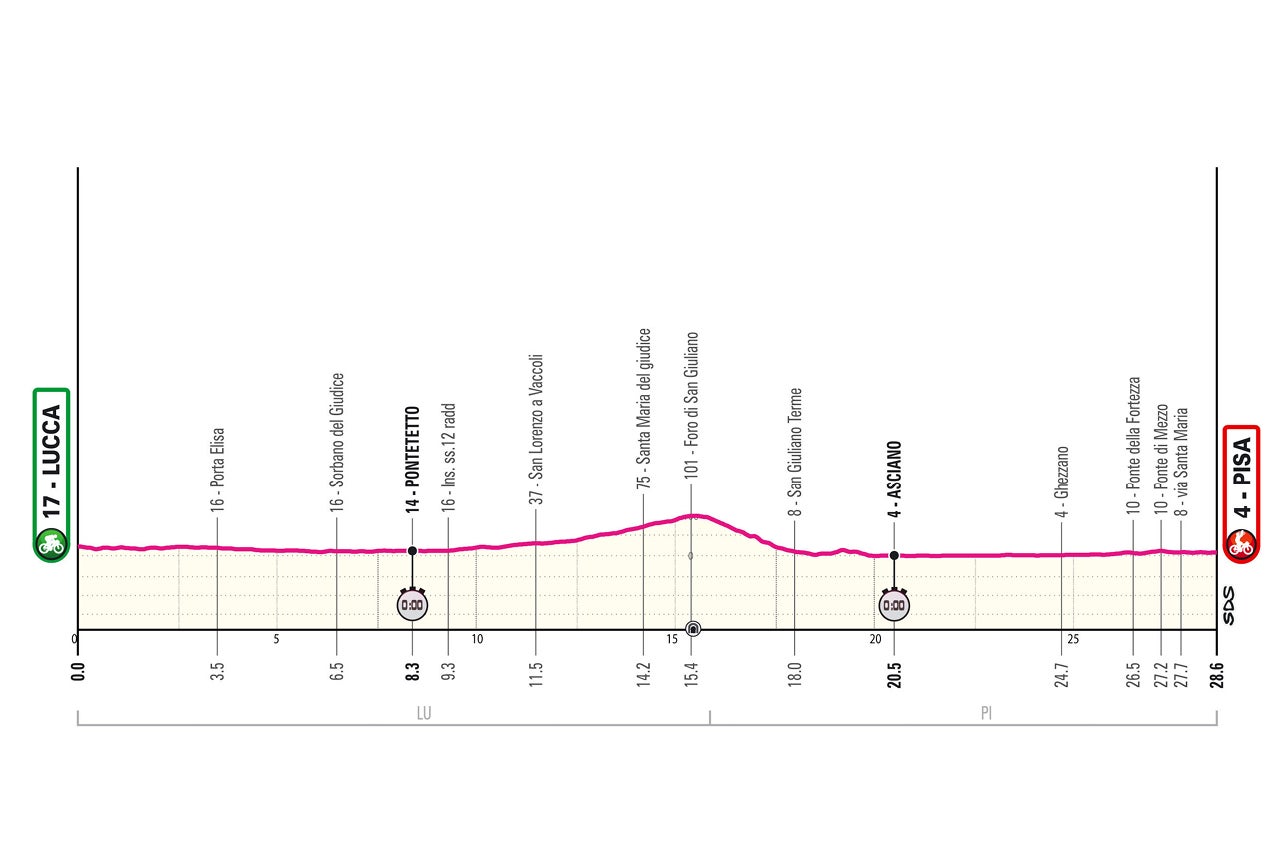
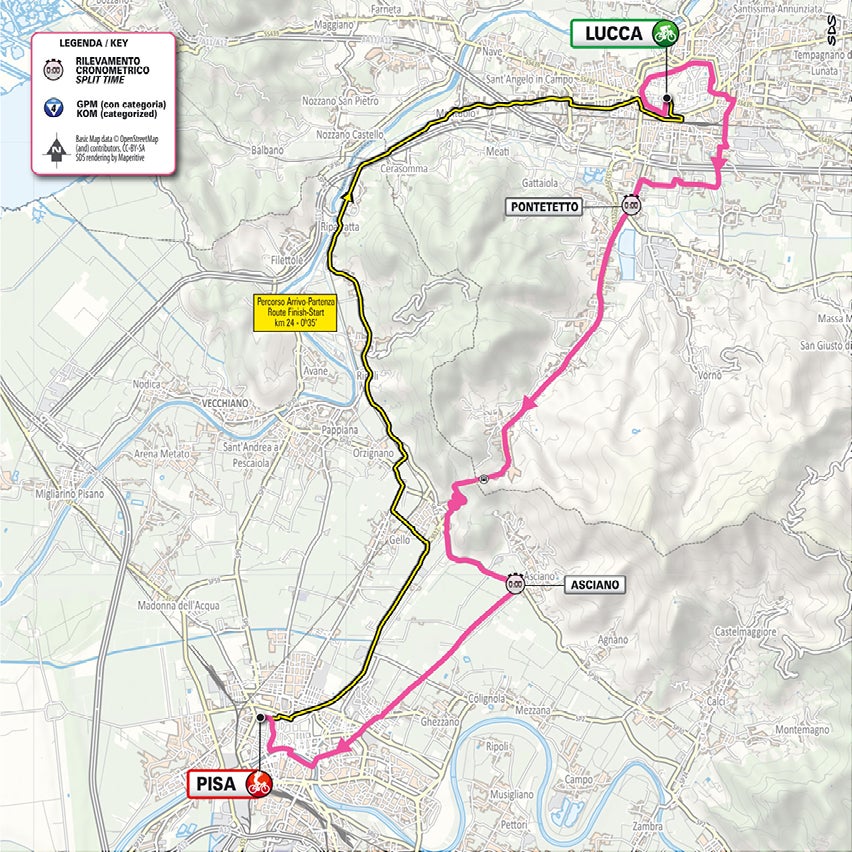
Stage 11: Viareggio - Castelnovo ne' Monti (185km)
A stage clearly divided into two parts. The first section, up to Castelnuovo Garfagnana, is in steady, gentle ascent with no major challenges. The second half is filled with tough climbs and long descents.

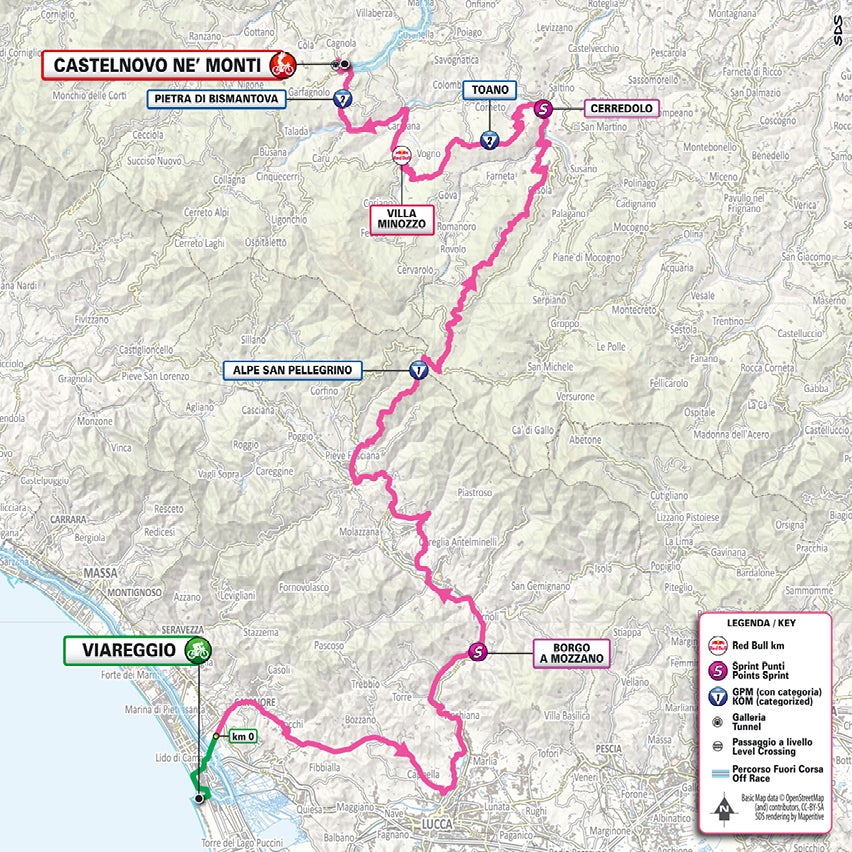
Stage 12: Modena - Viadana (172km)
A rolling stage over the first 100 km, then completely flat to the finish.
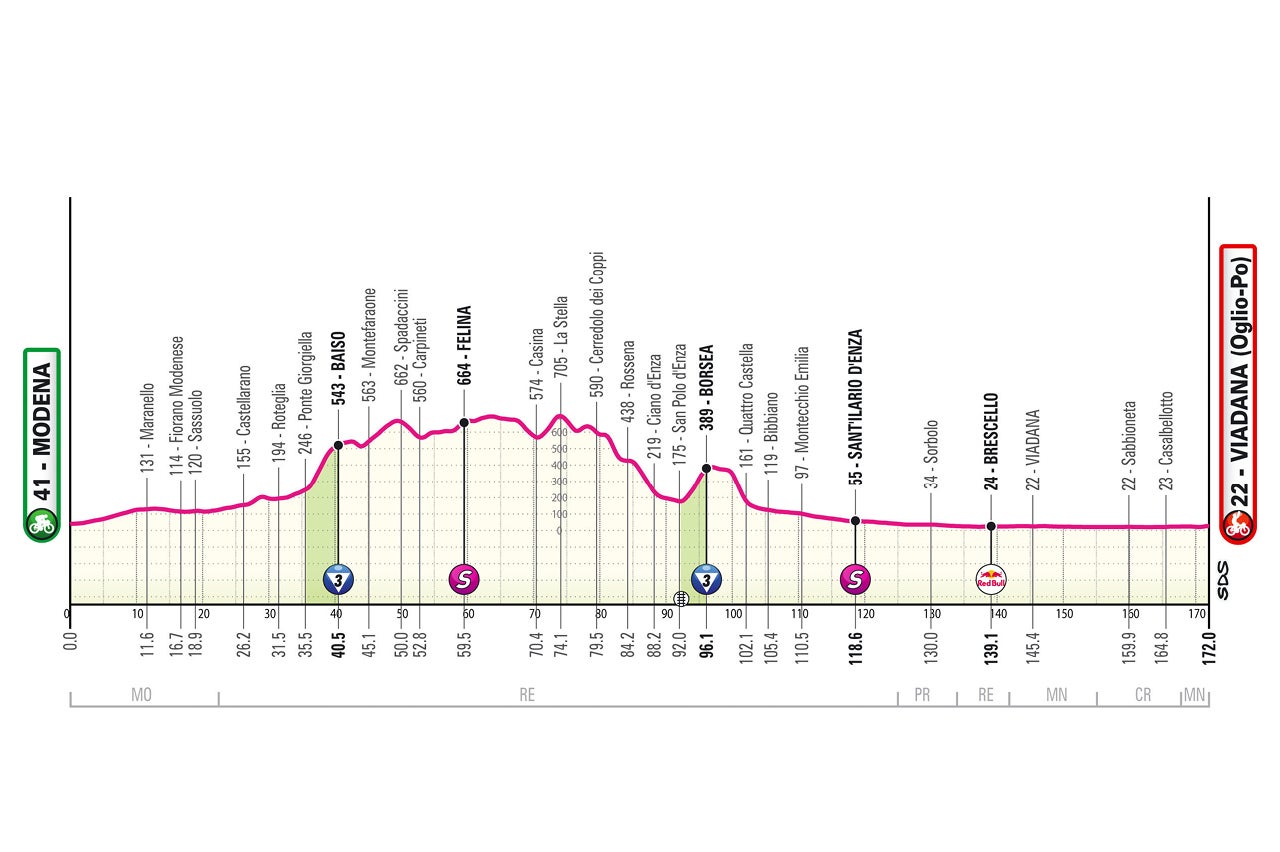
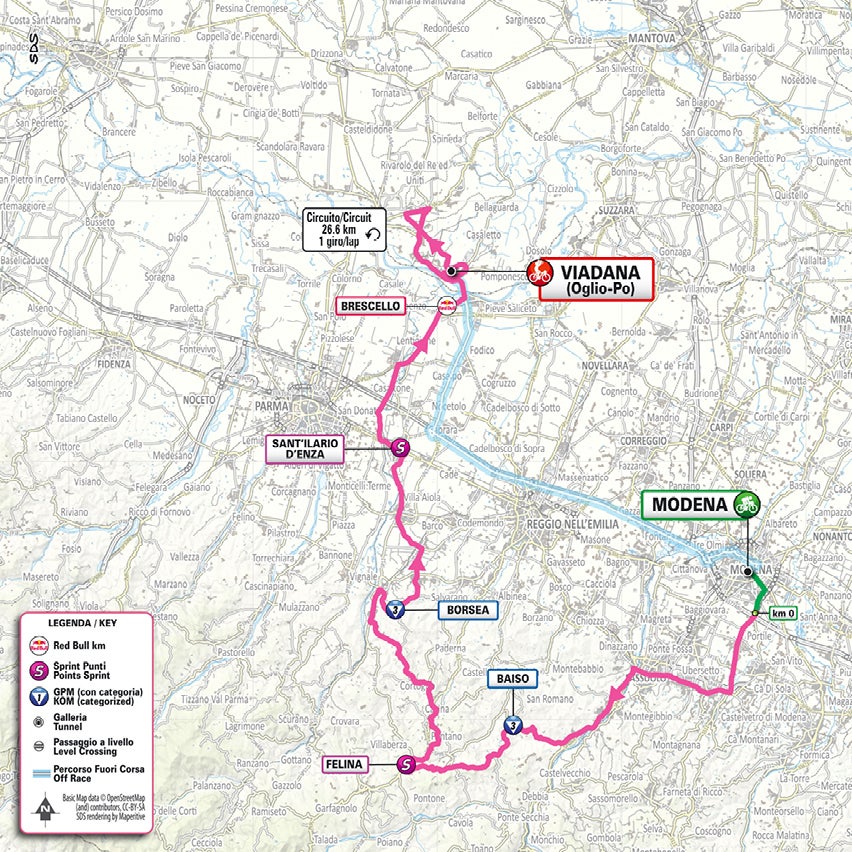
Stage 13: Rovigo - Vicenza (180km)
Completely flat in the first half, apart from the short climb of Passo Roverello in the Euganean Hills.
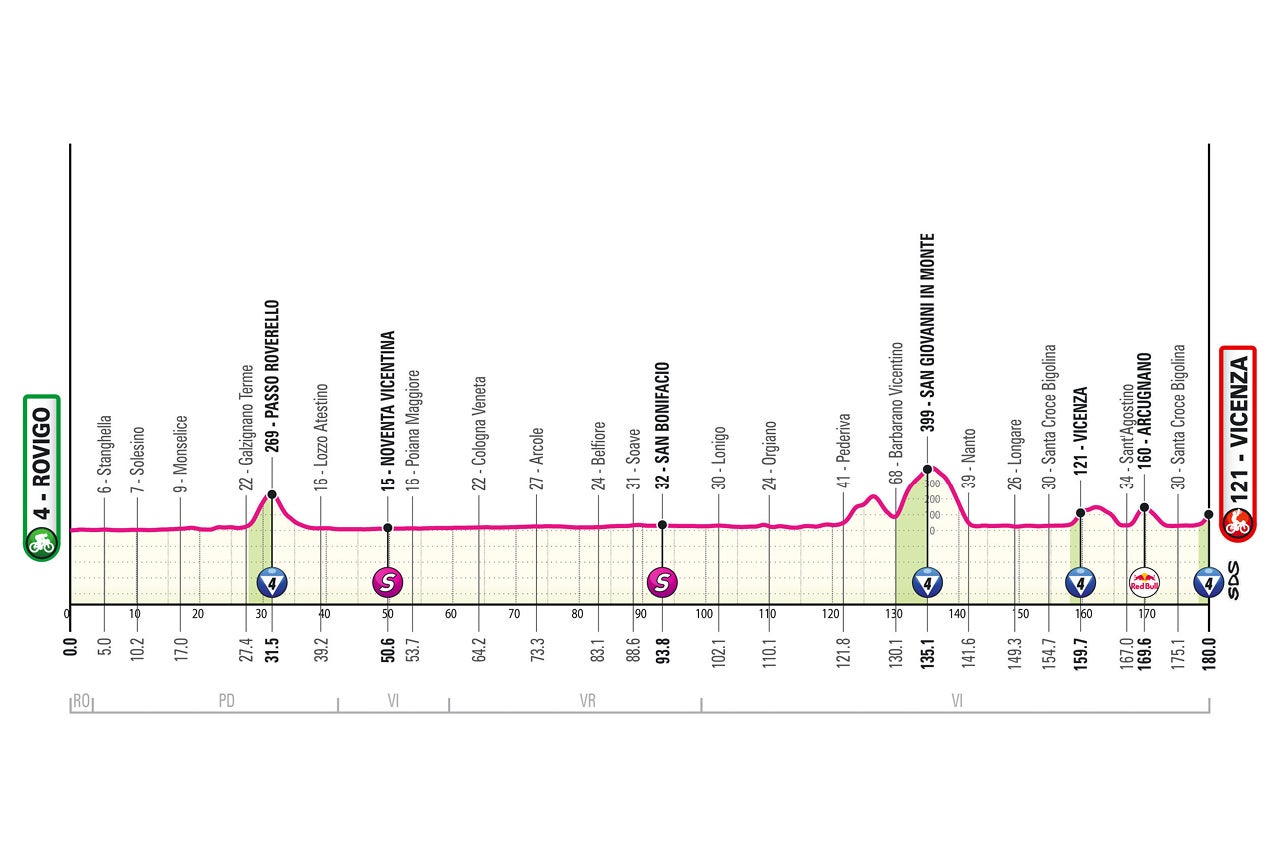
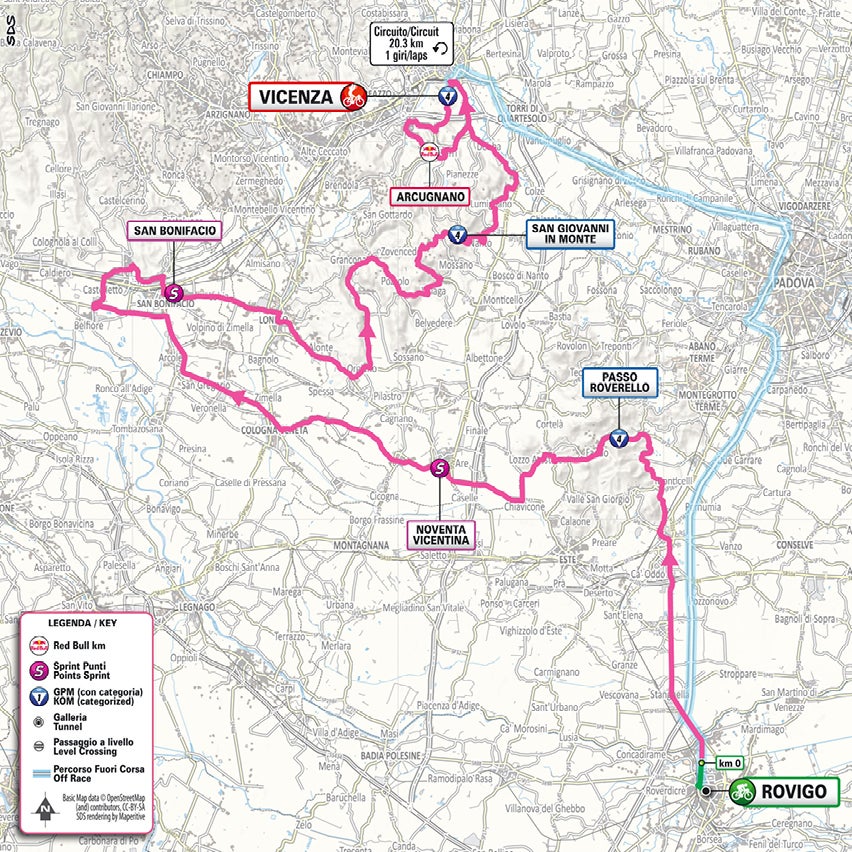
Stage 14: Treviso - Nova Gorica/Gorizia (186km)
A flat stage with a few uphill kicks toward the end.
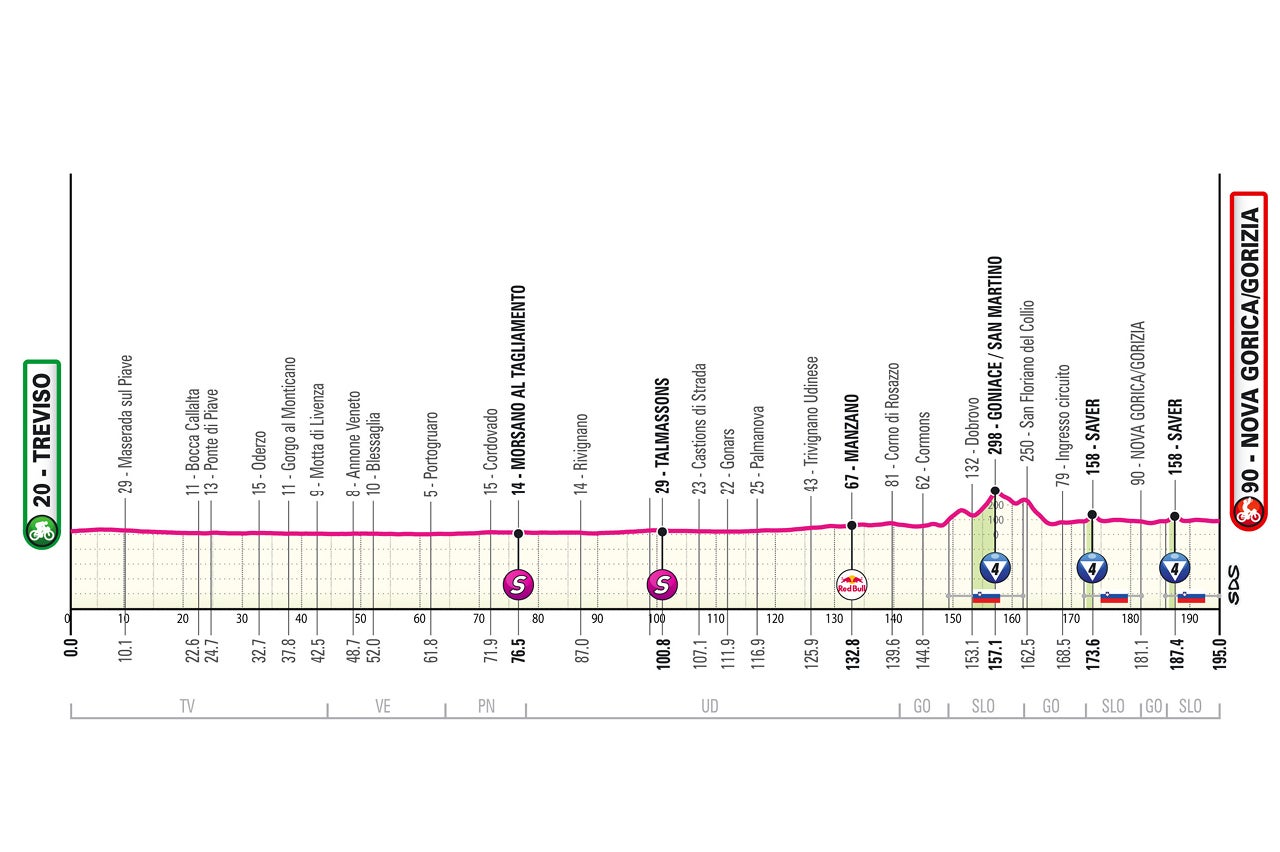
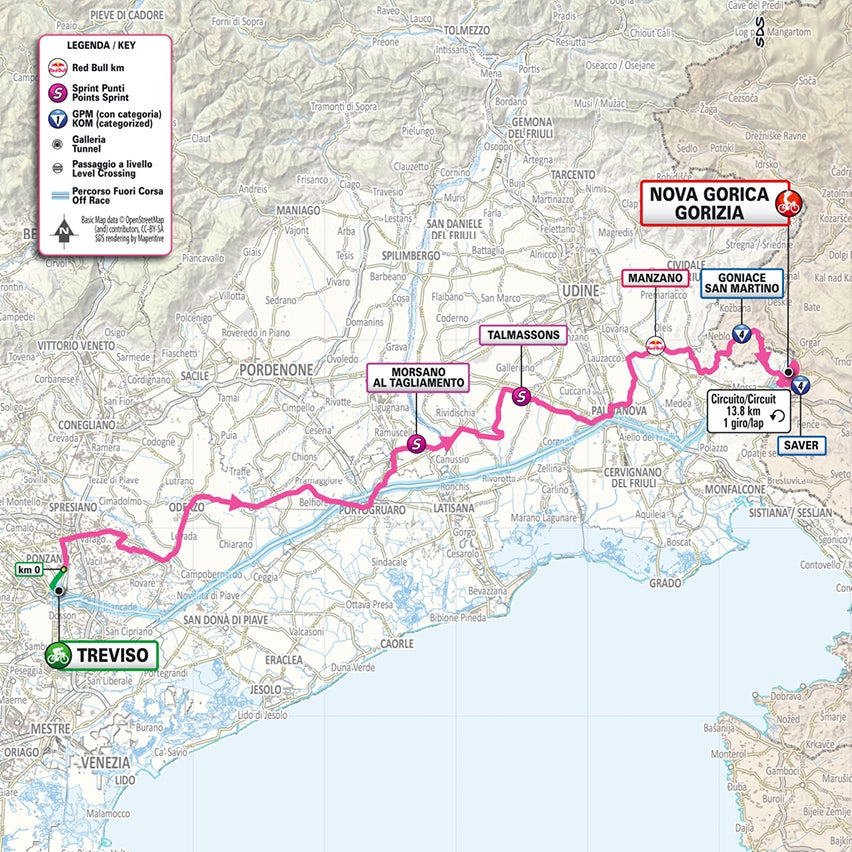
Stage 15: Fume Veneto - Asiago (214km)
A mountain stage with a flat first half leading to Bassano del Grappa, followed by two long climbs taking riders onto the Asiago Plateau.
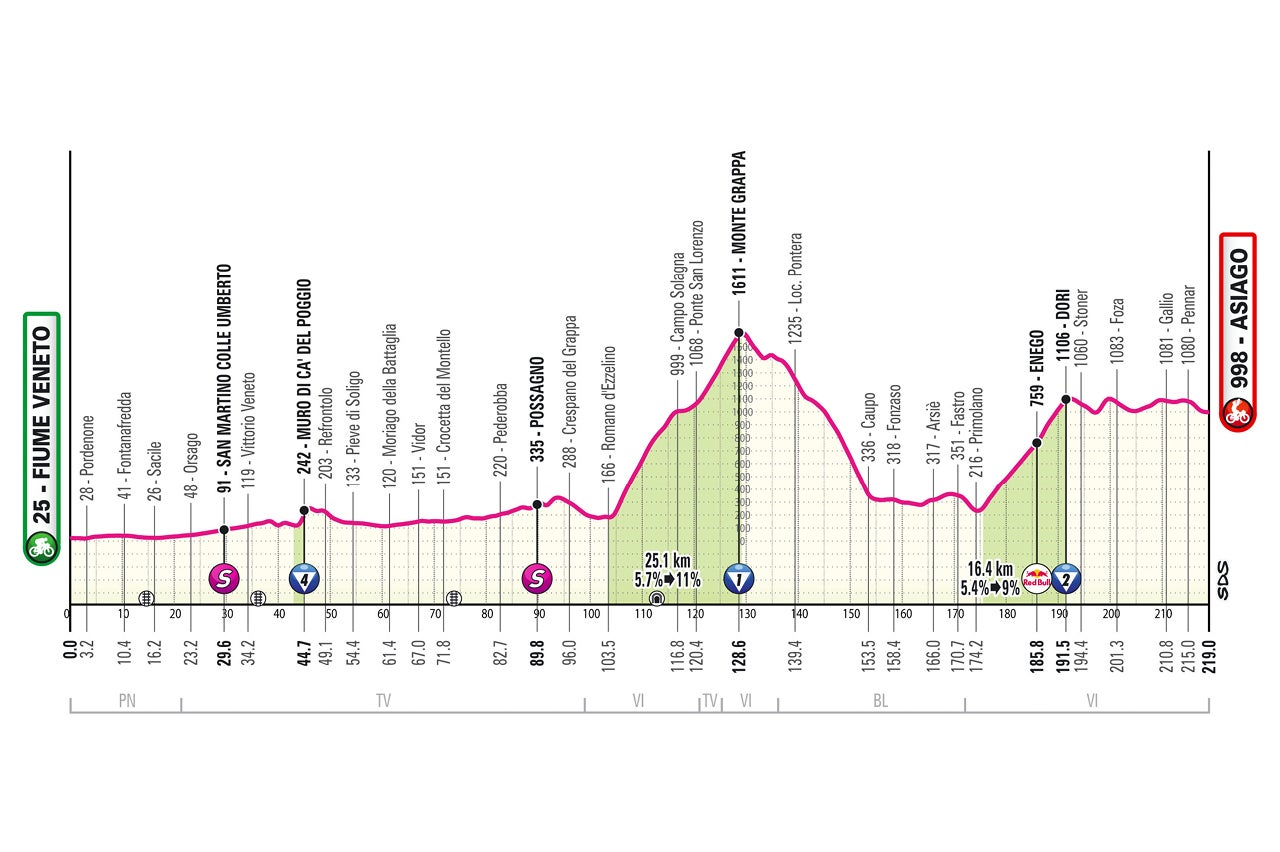
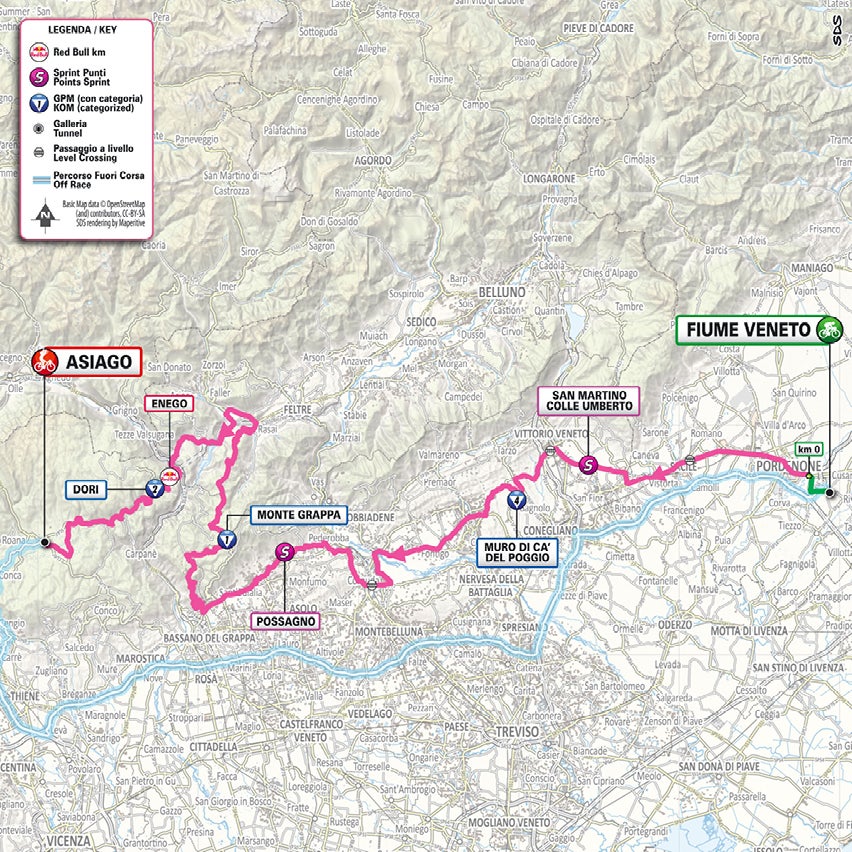
Stage 16: Piazzola Sul Brenta - San Valentino (199km)
A full mountain stage. After the first 50 km, it’s all climbs and descents with no chance to recover.
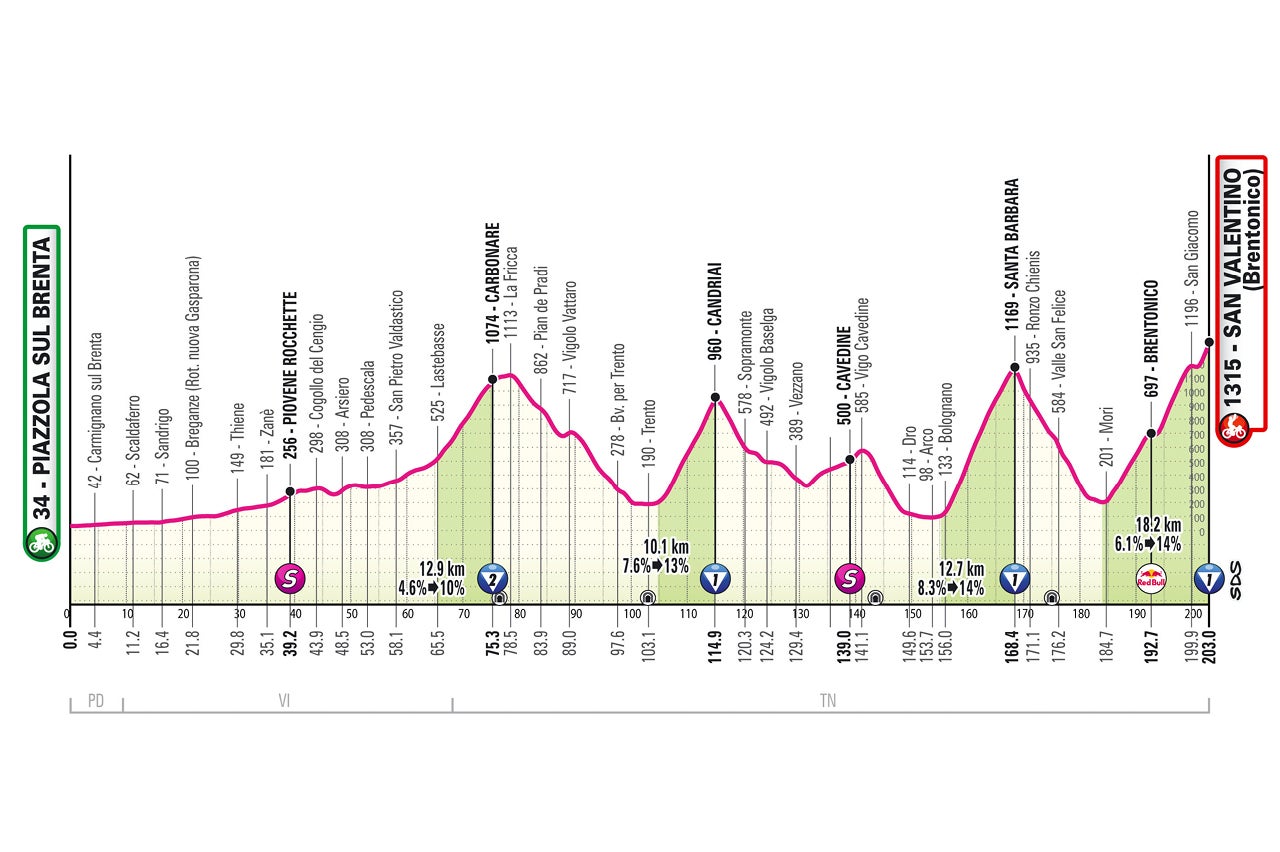
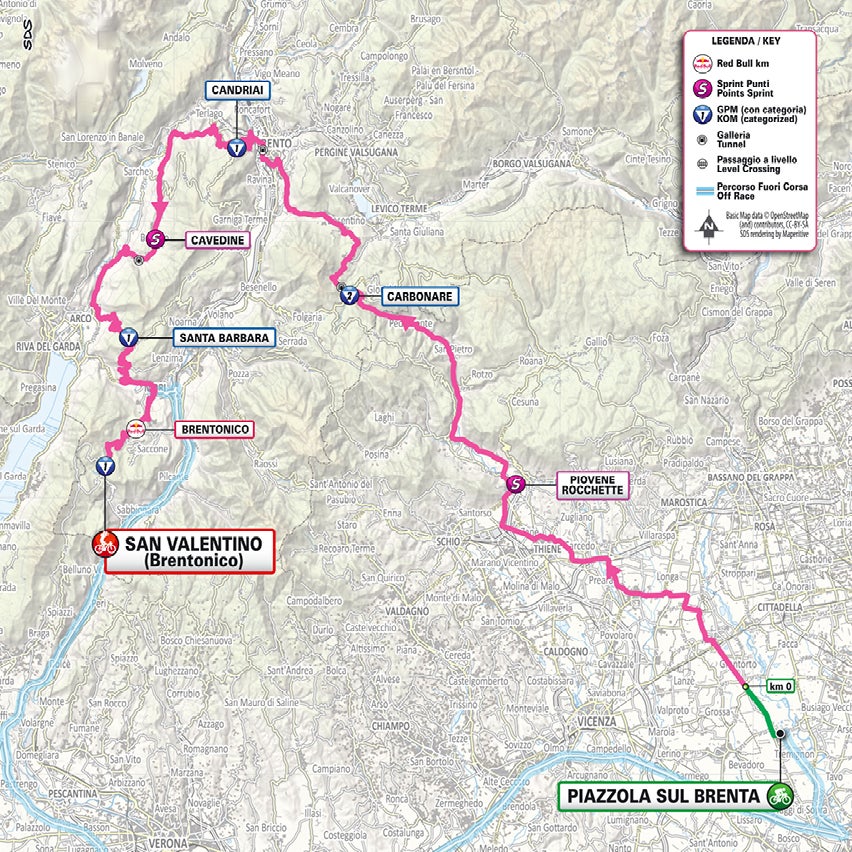
Stage 17: San Michele all'Adige - Bormio (154km)
A mountain stage featuring two long central climbs.
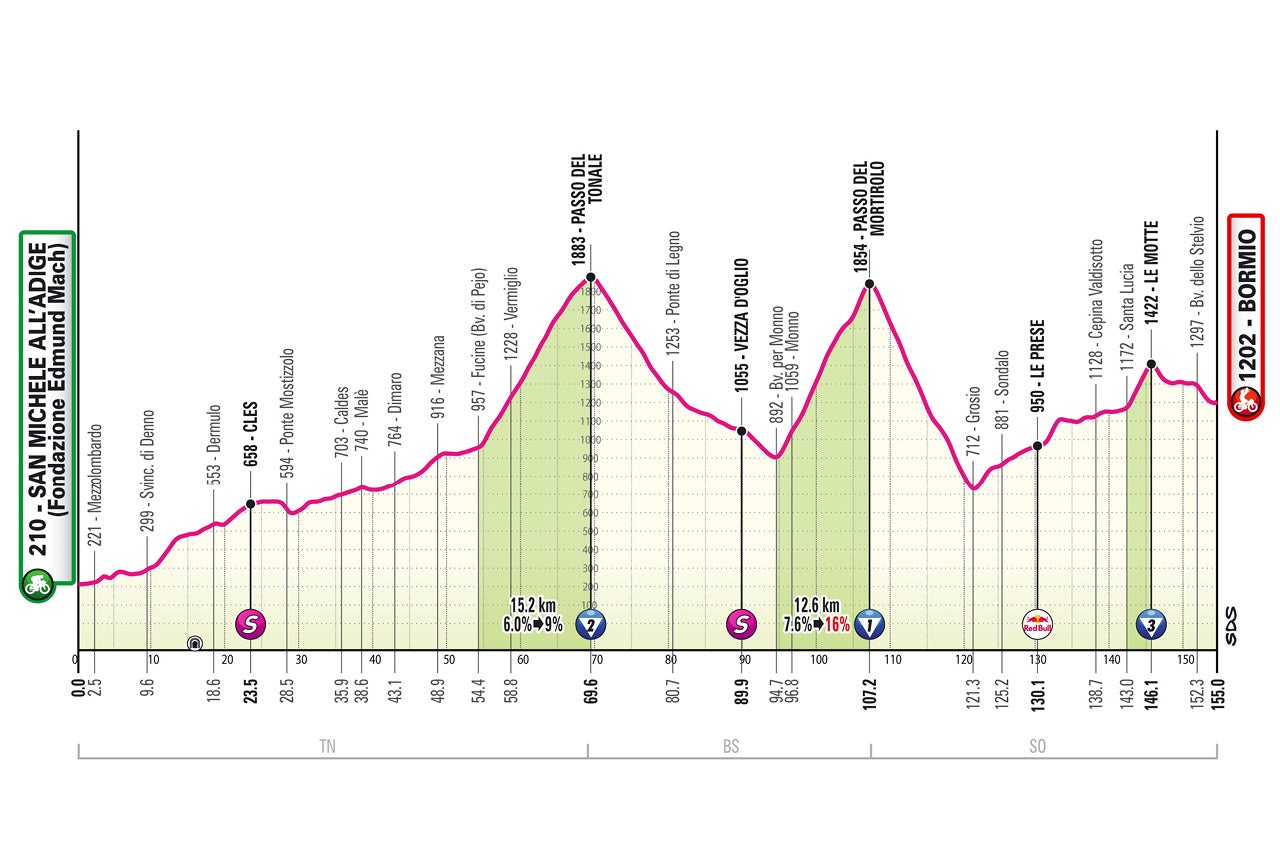
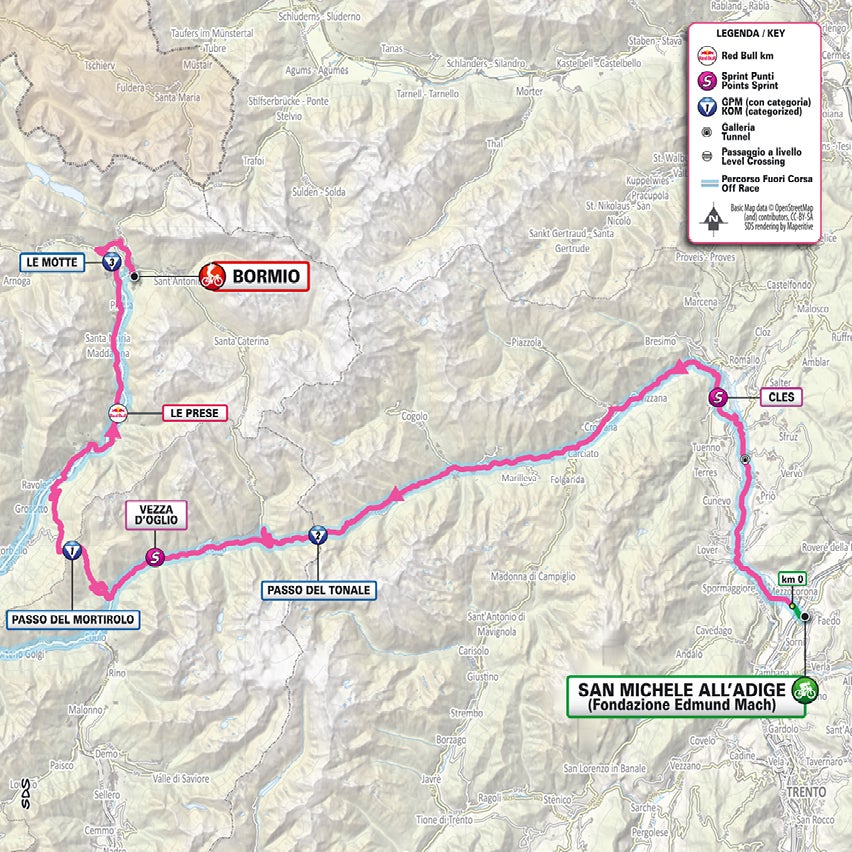
Stage 18: Morbegno - Cesano Maderno (144km)
Early hills are followed by about 60 km of steady descending on flat terrain.
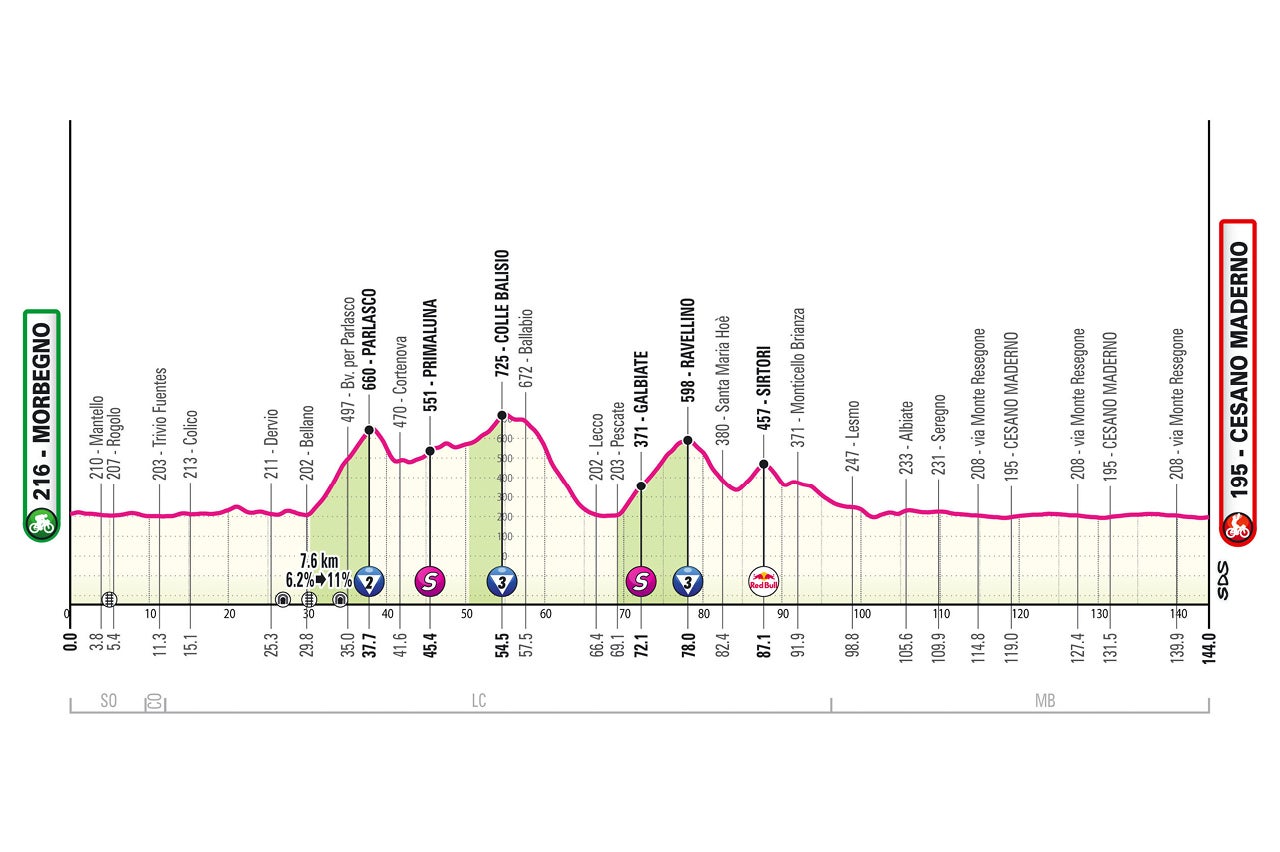
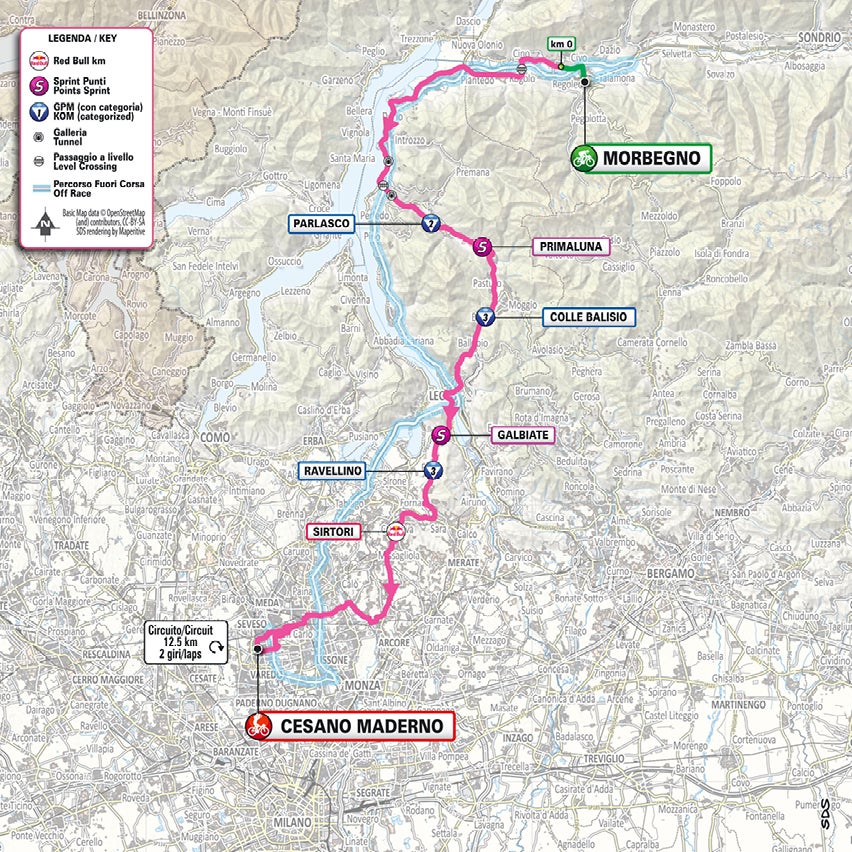
Stage 19: Biella - Champoluc (166km)
An Alpine tappone made up entirely of climbs and descents.
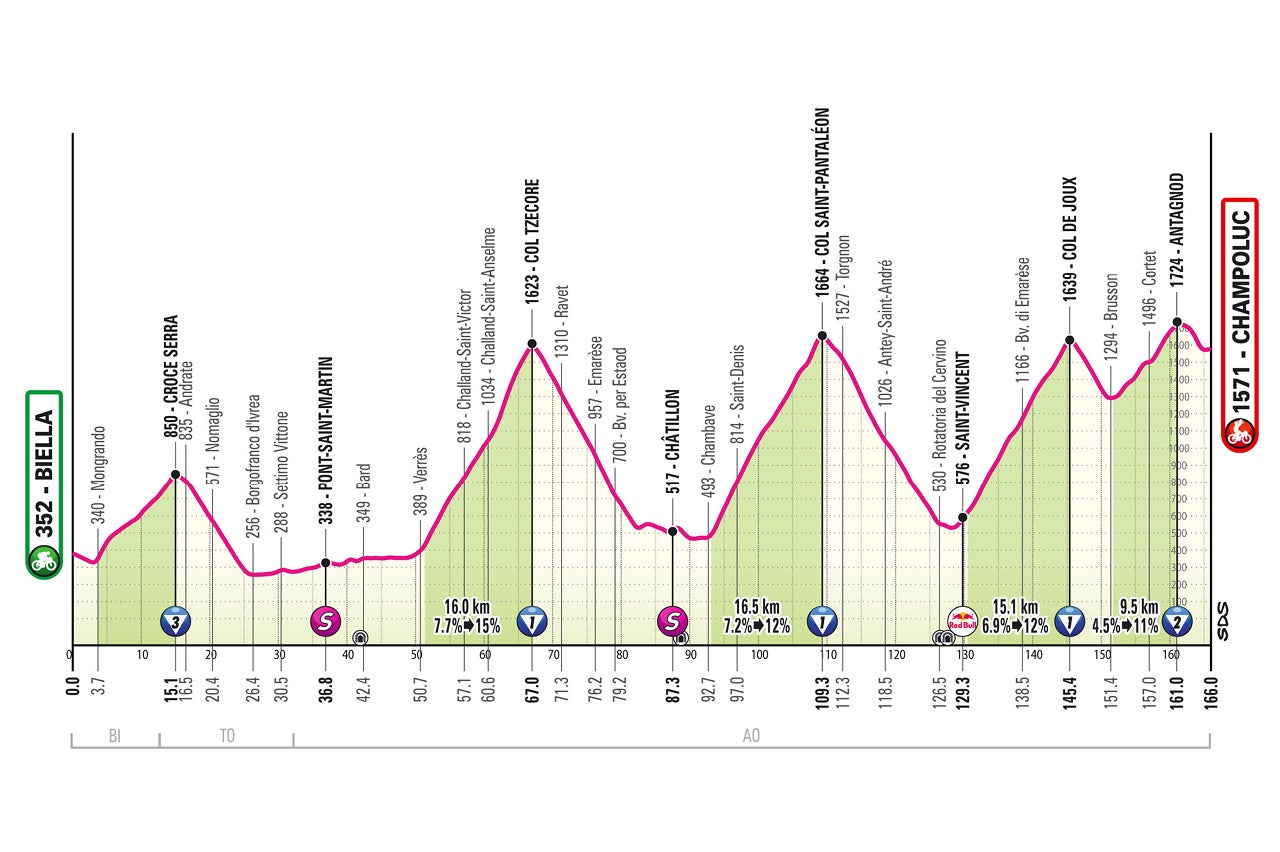
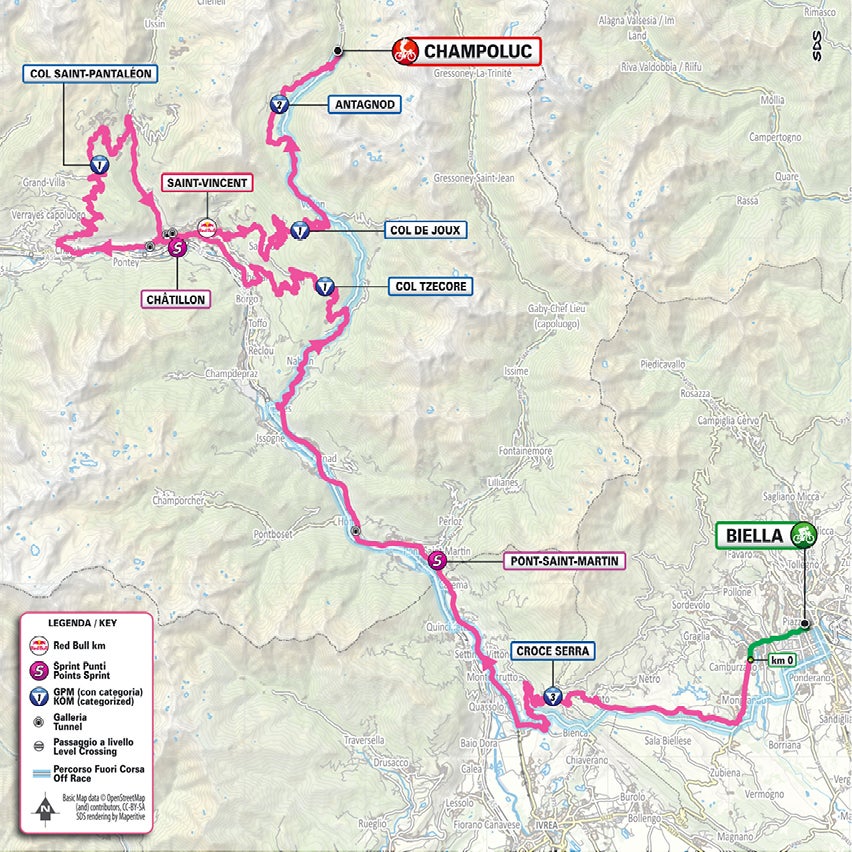
Stage 20: Verrès - Sestrière, via Lattea (203km)
The stage starts flat until the Canavese region, then a series of increasingly tough climbs lead into the Valli di Lanzo.
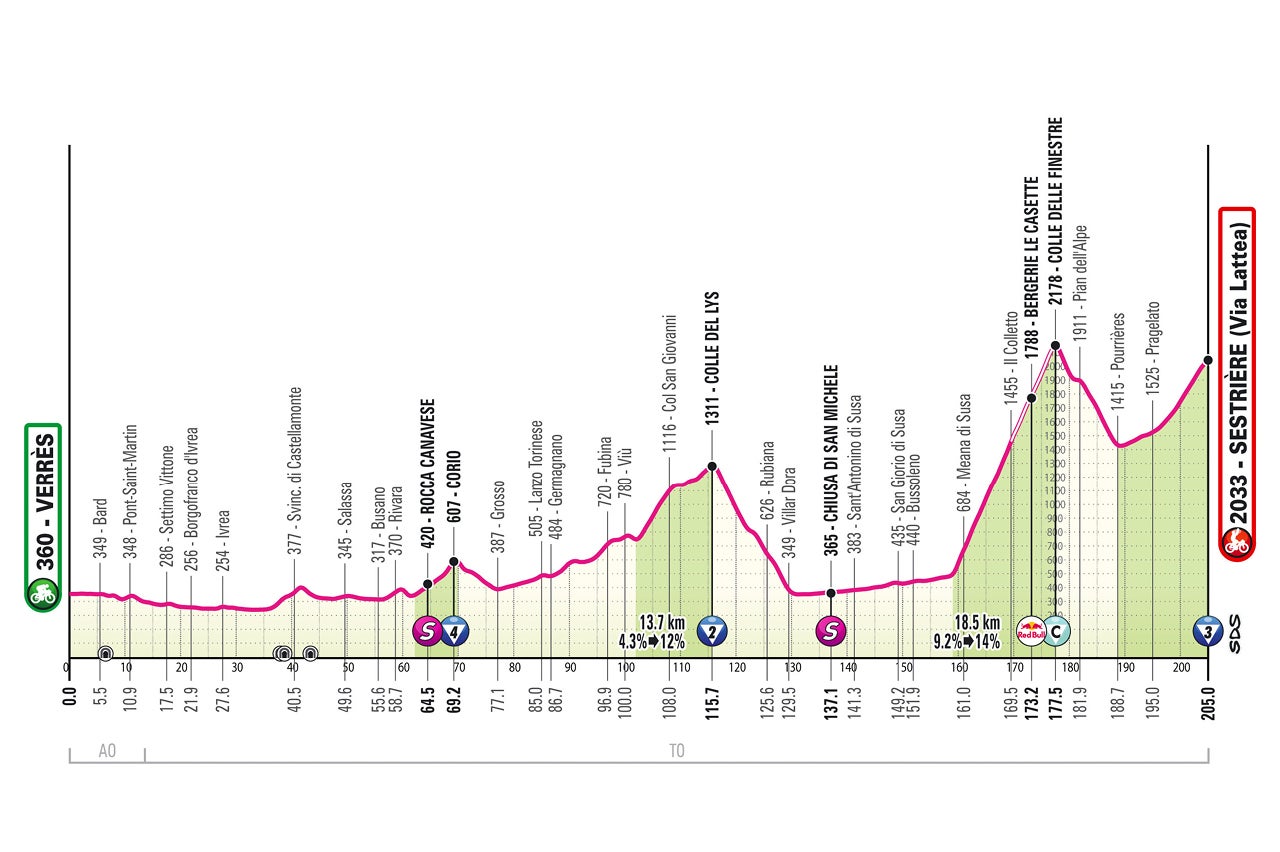
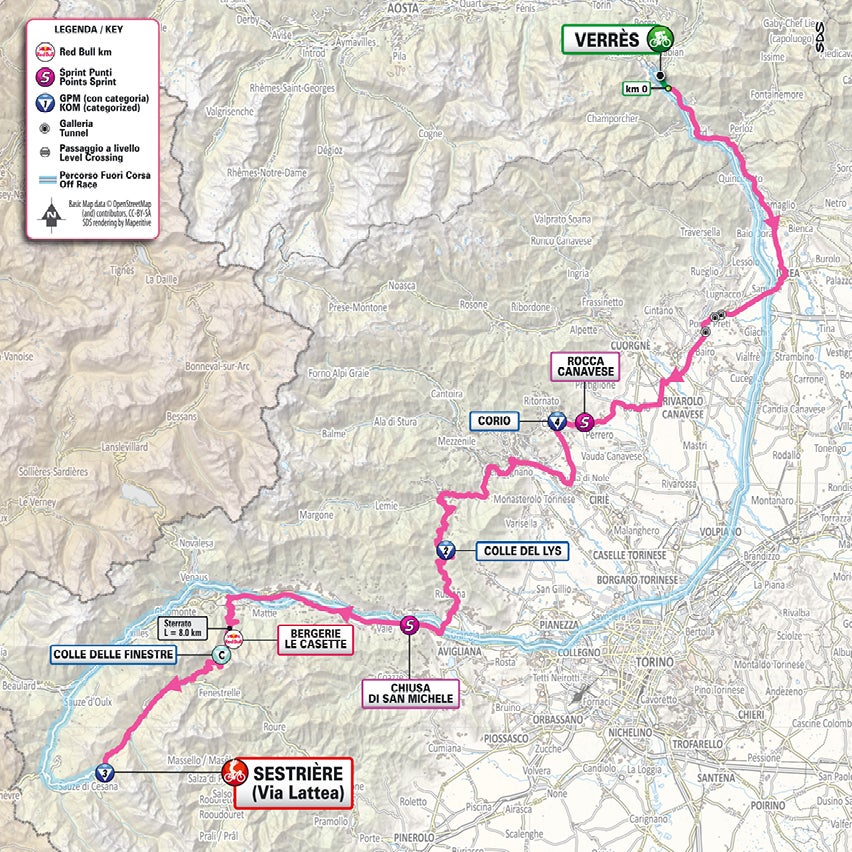
Stage 21: Rome - Rome (141km)
The final stage is split into two parts. The first runs from Rome to the coast and Ostia, then returns to the start zone. Riders then enter the final circuit: 8 laps of a 9.5 km course entirely within central Rome, to the finish.
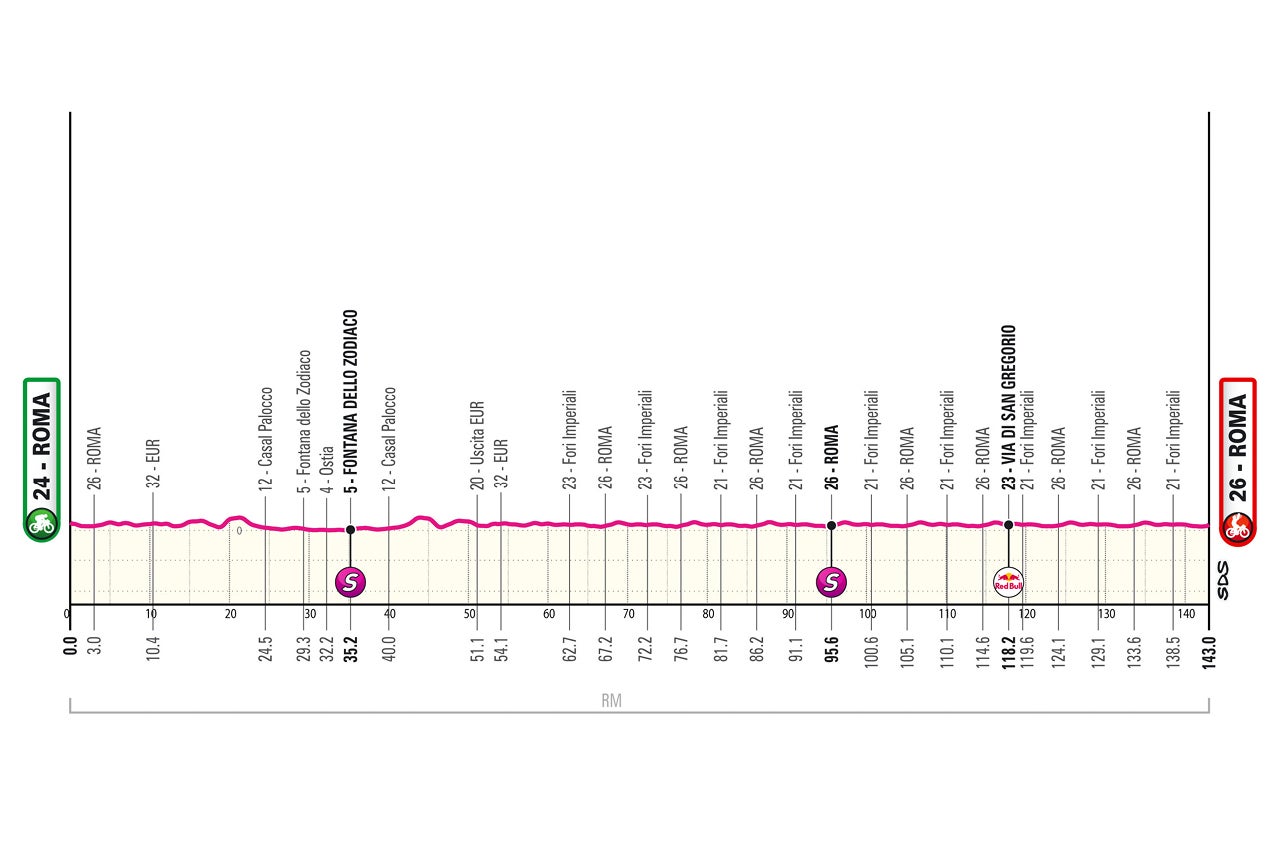
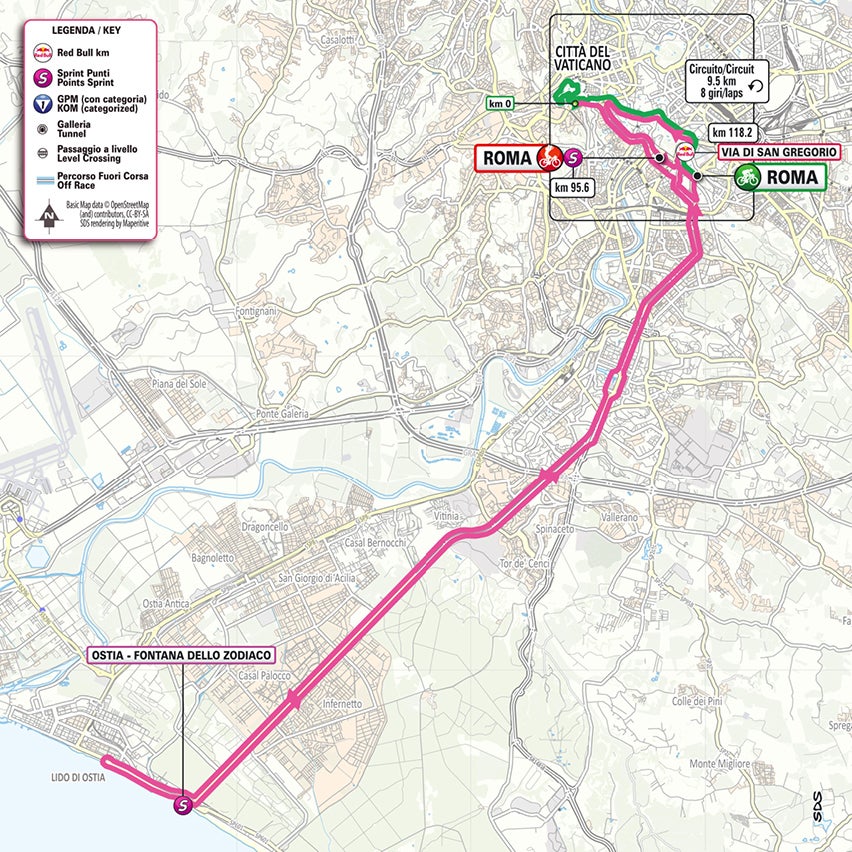









 English (US) ·
English (US) ·